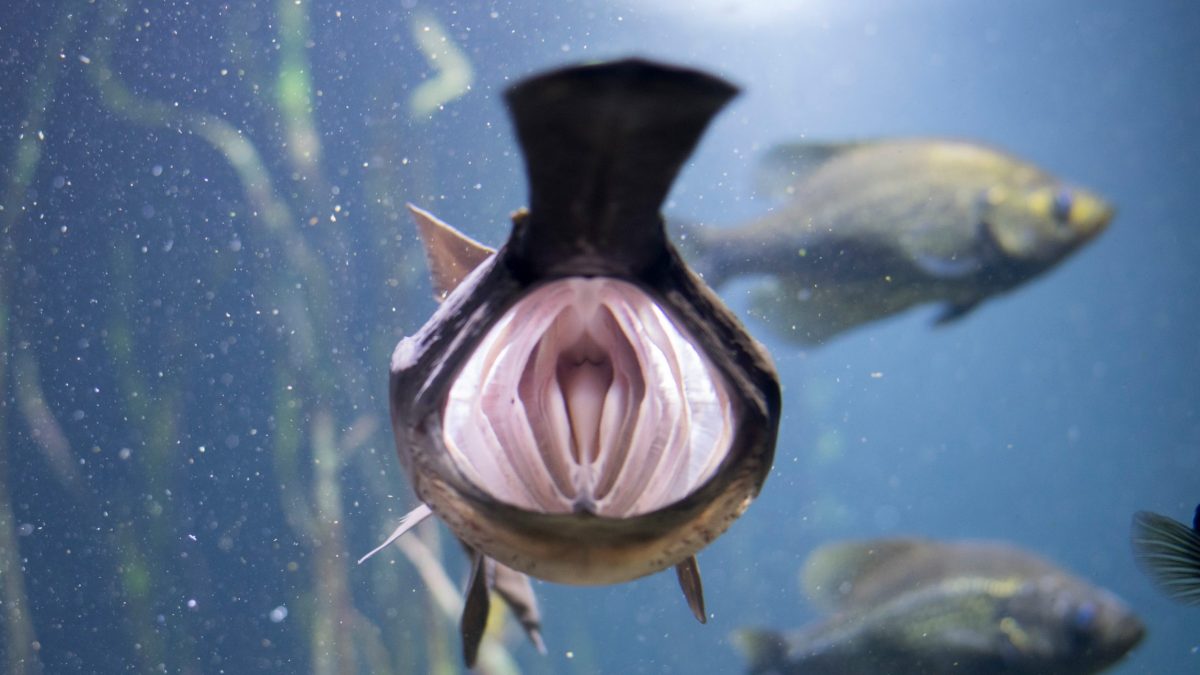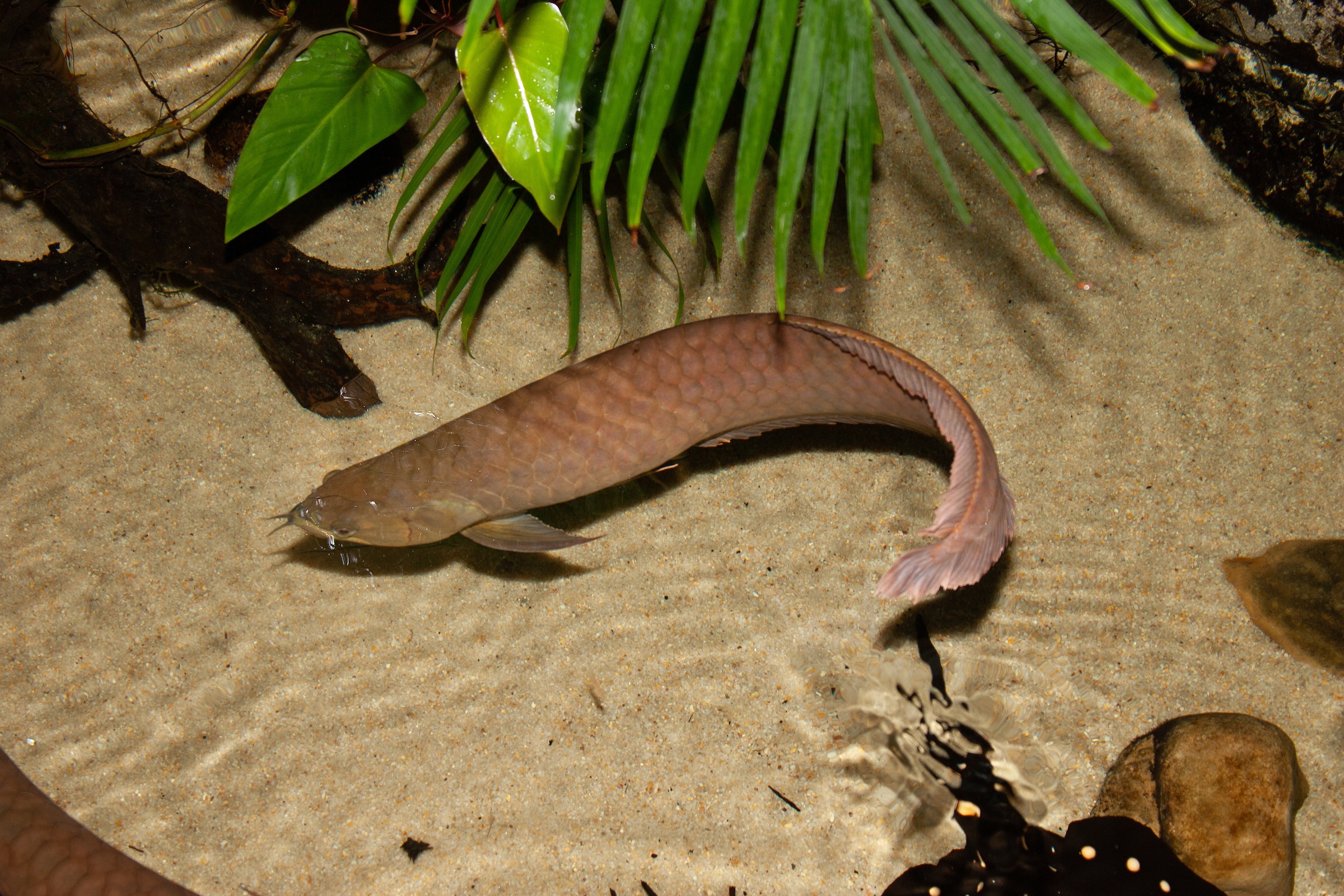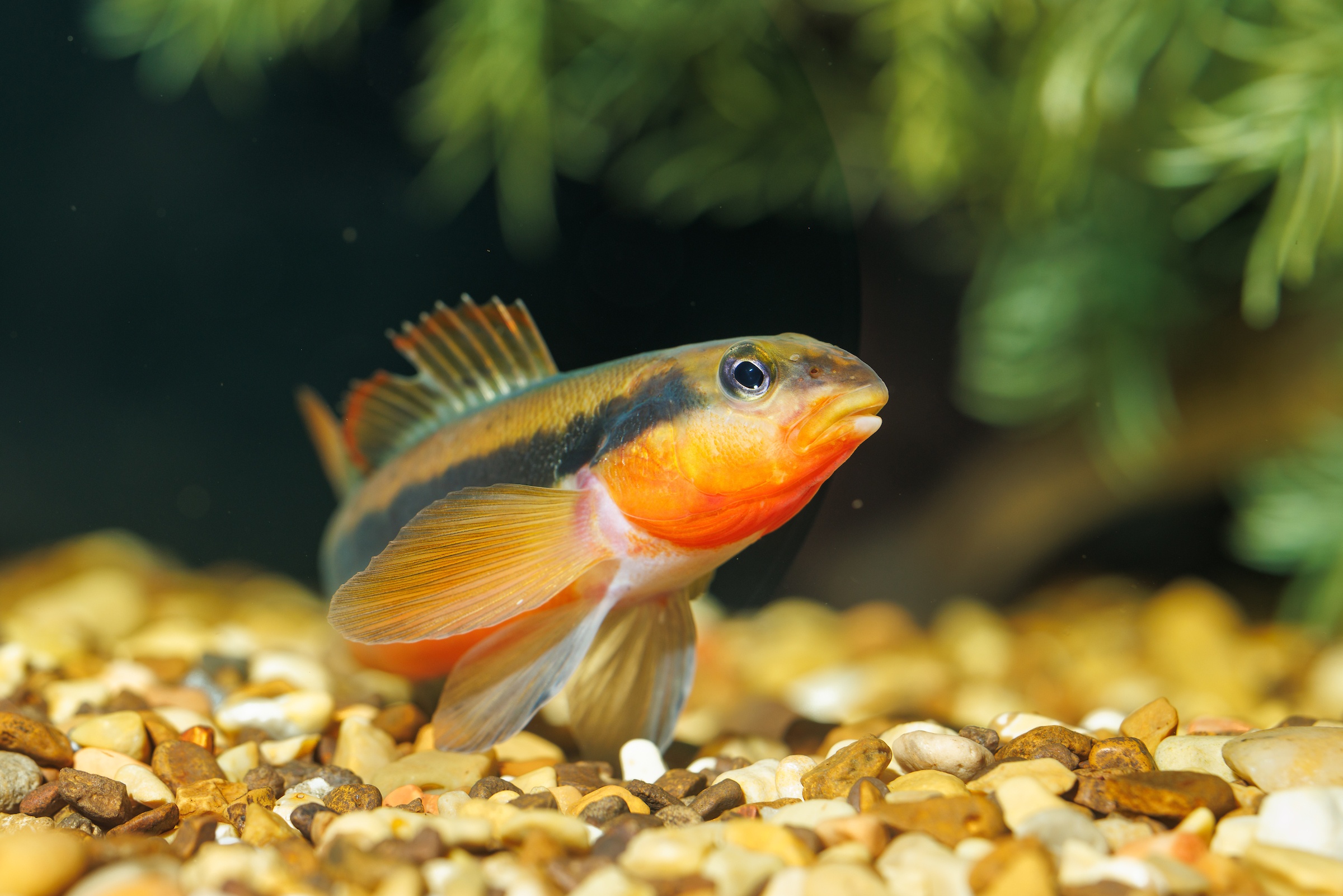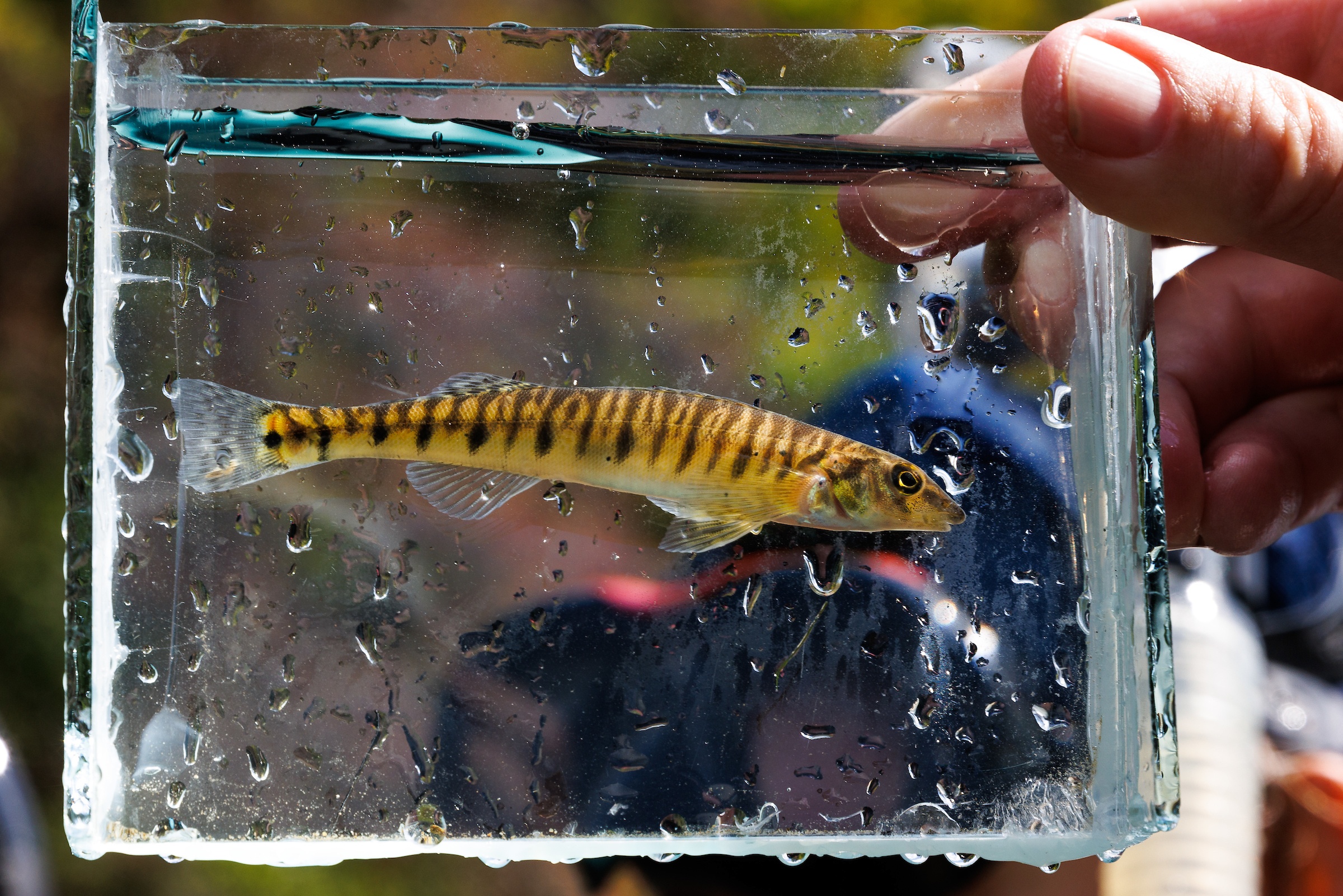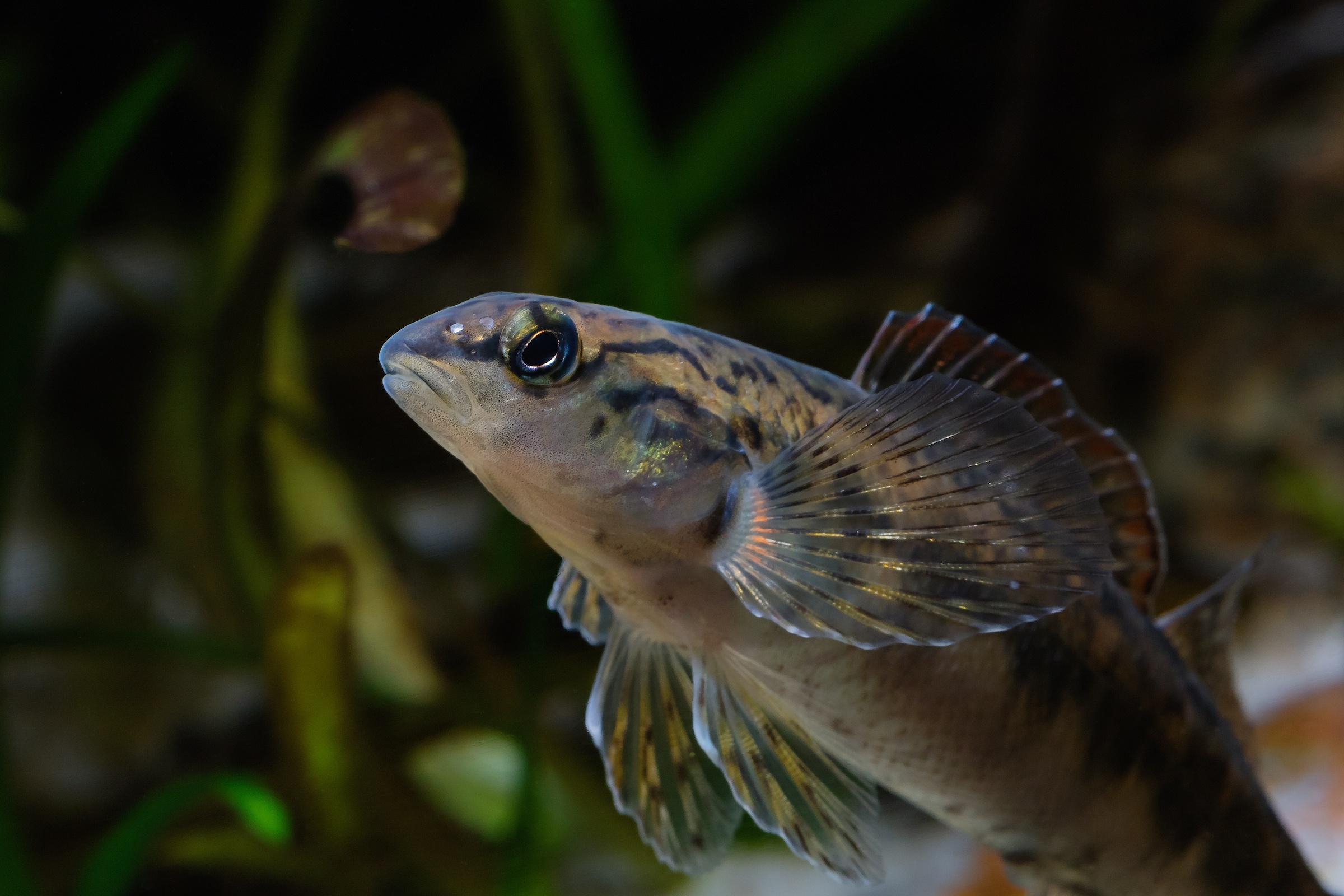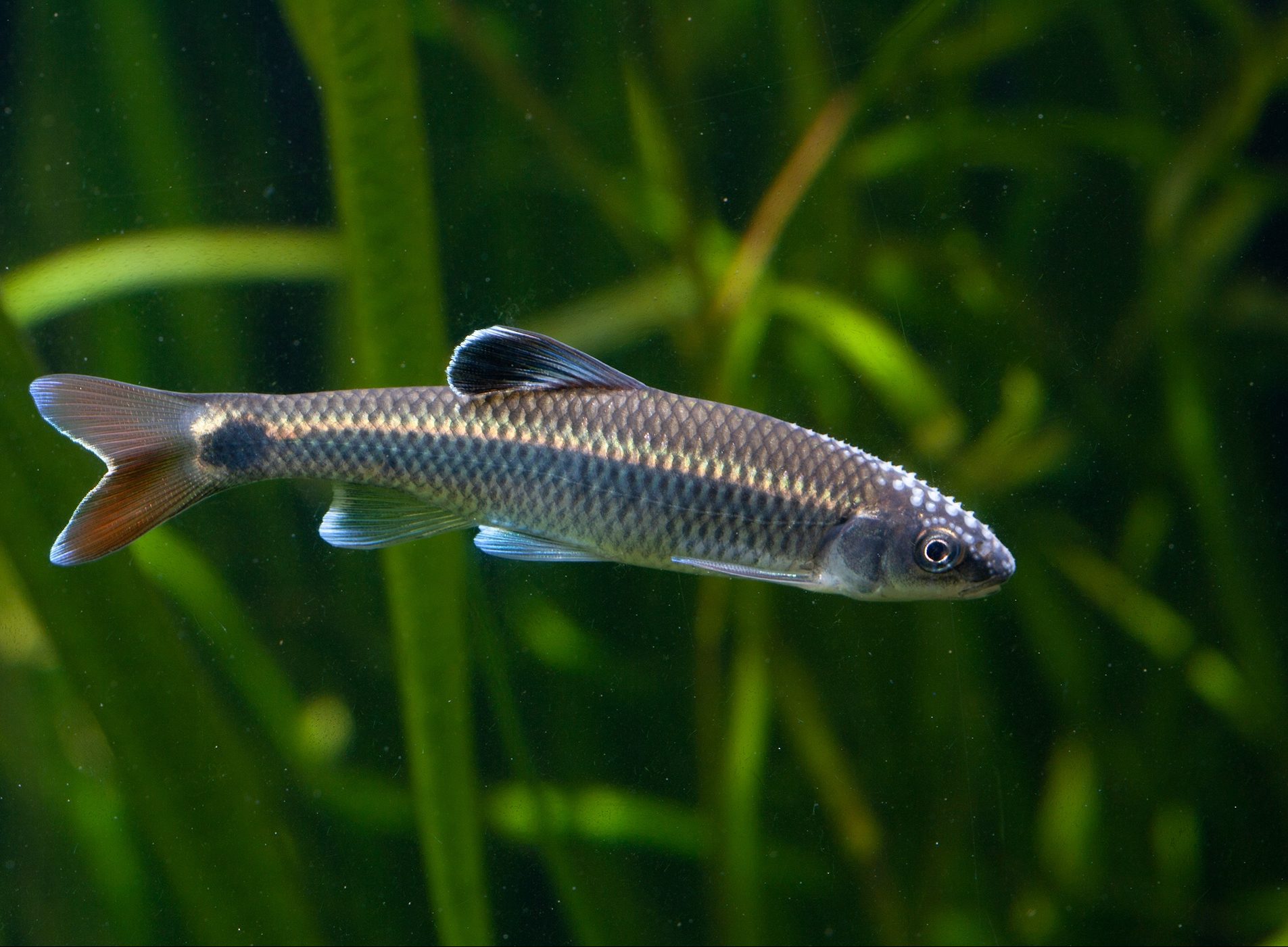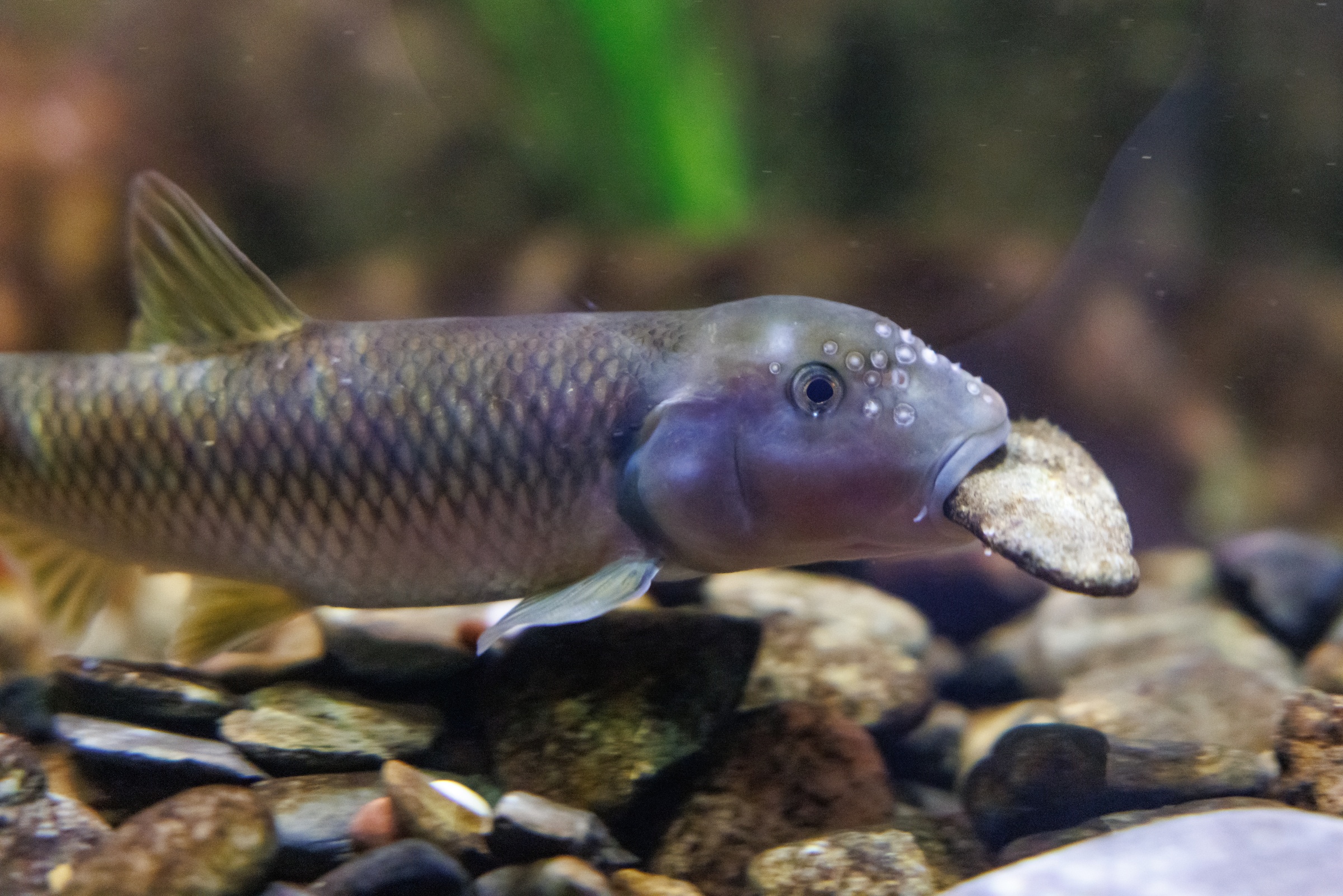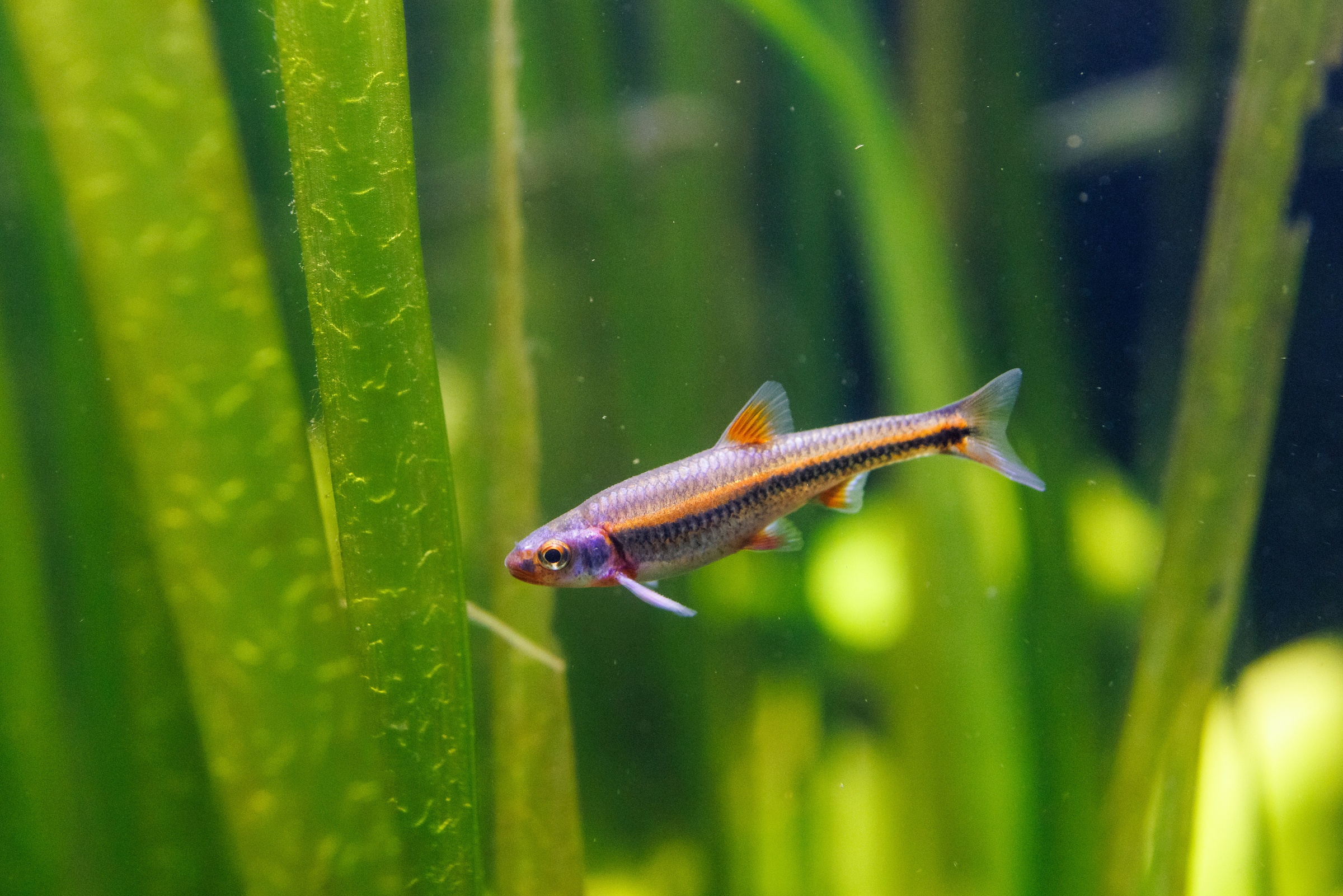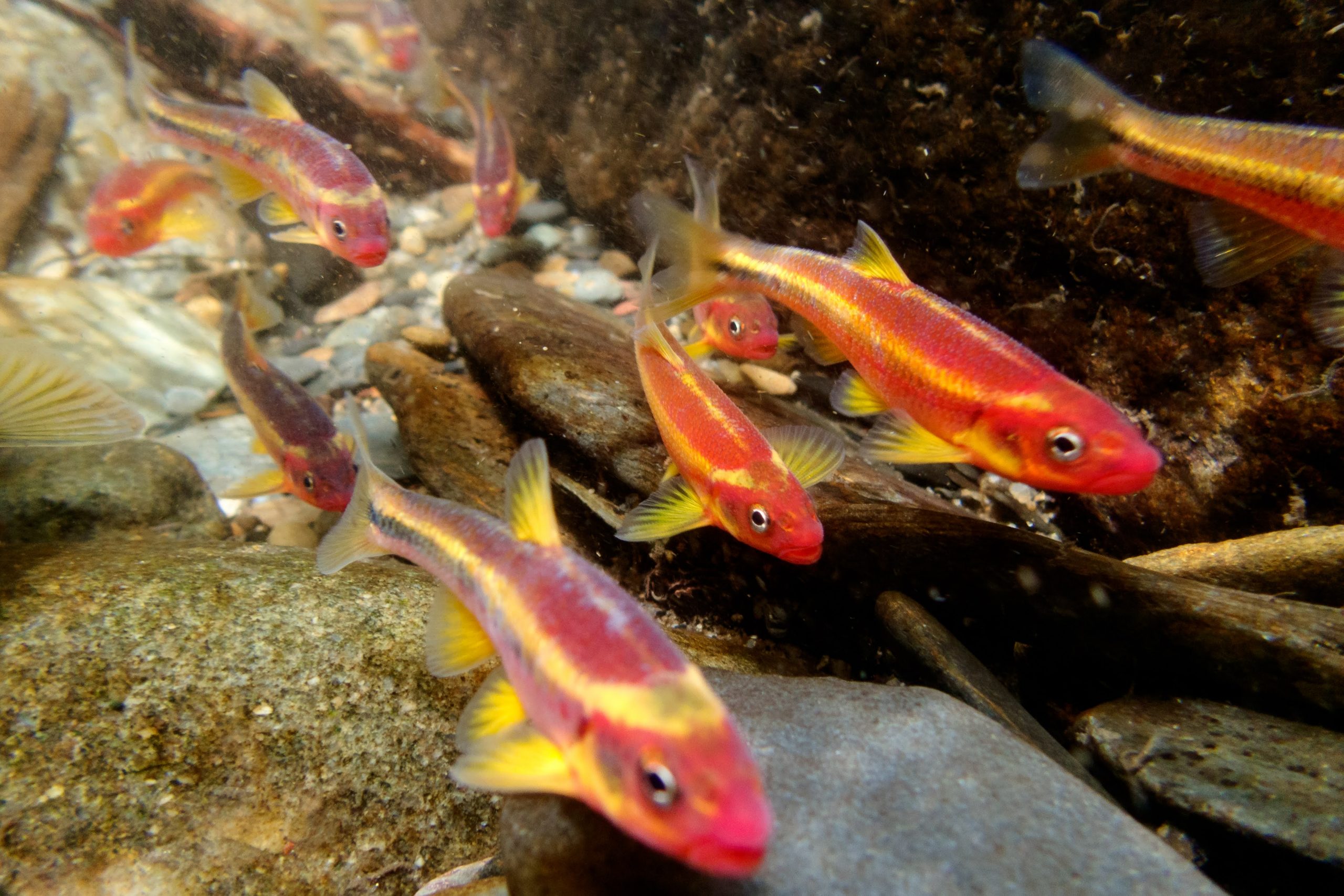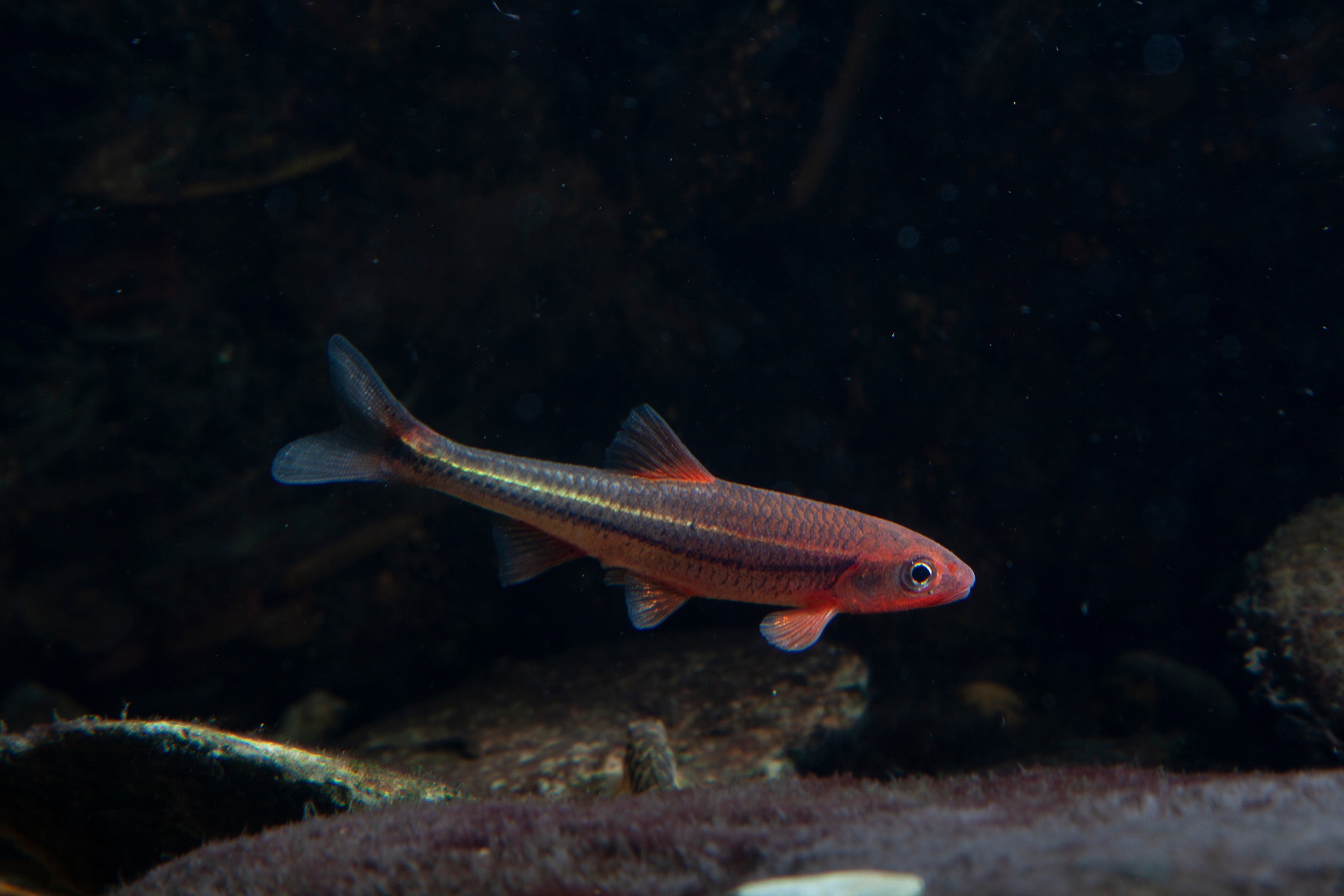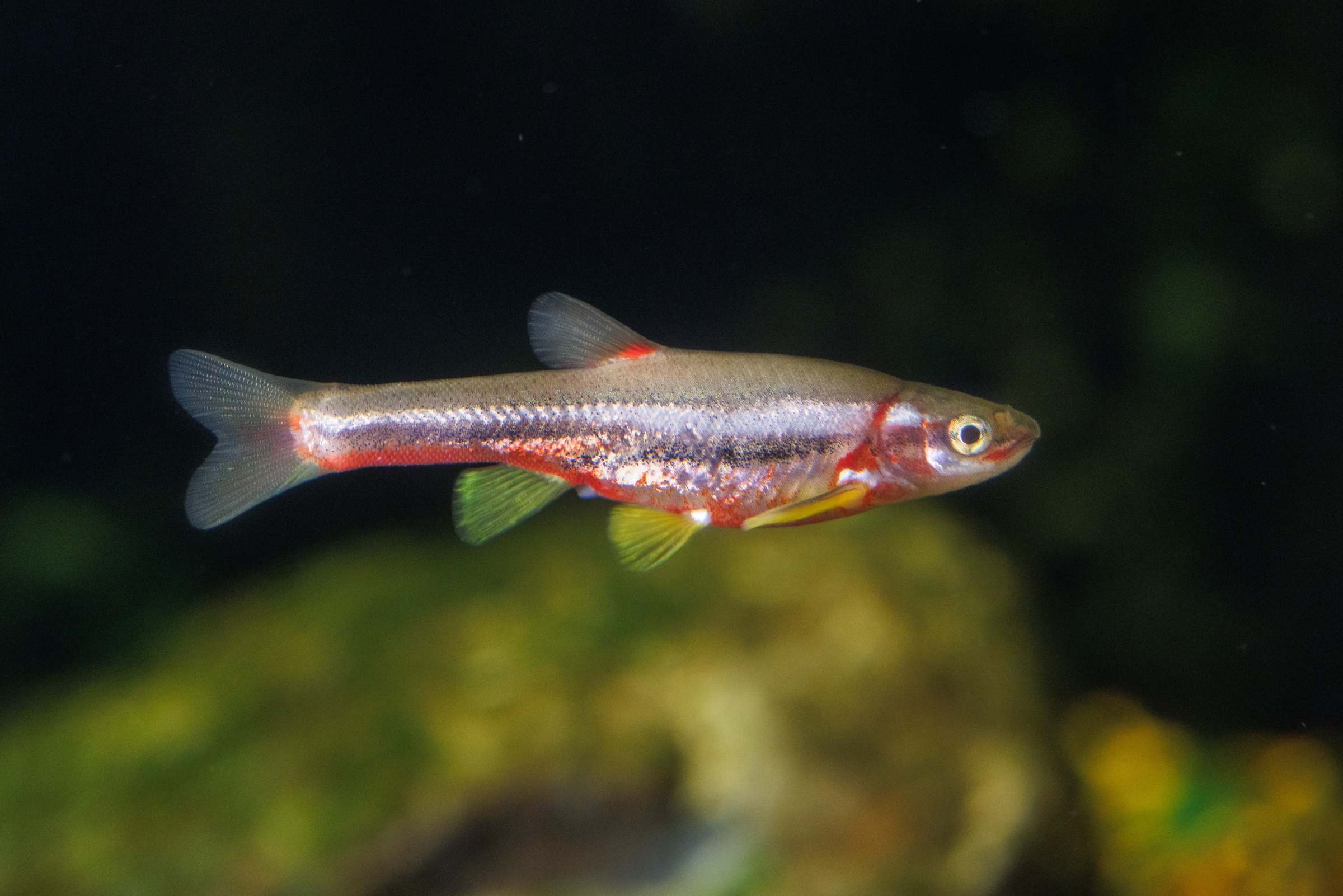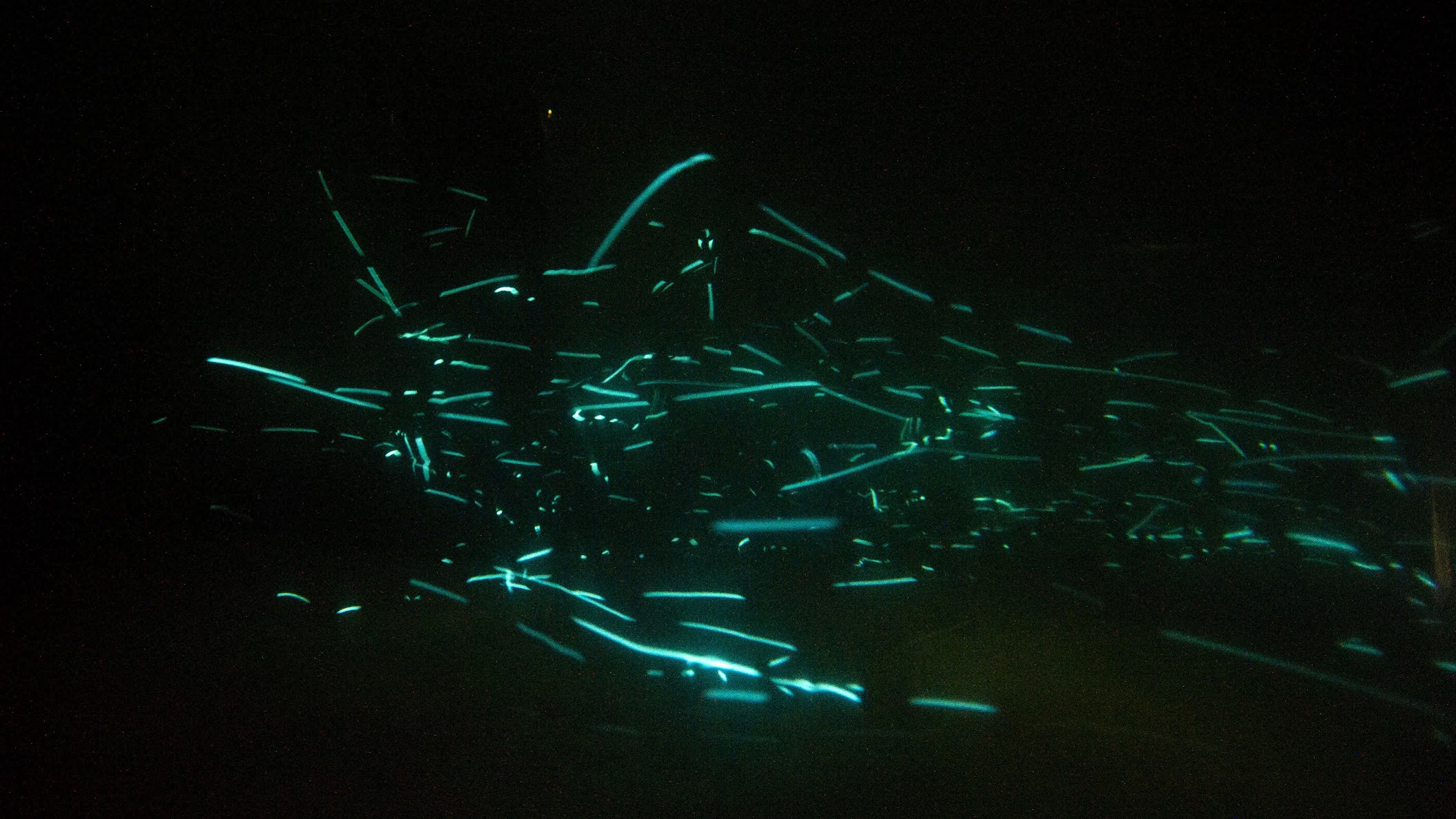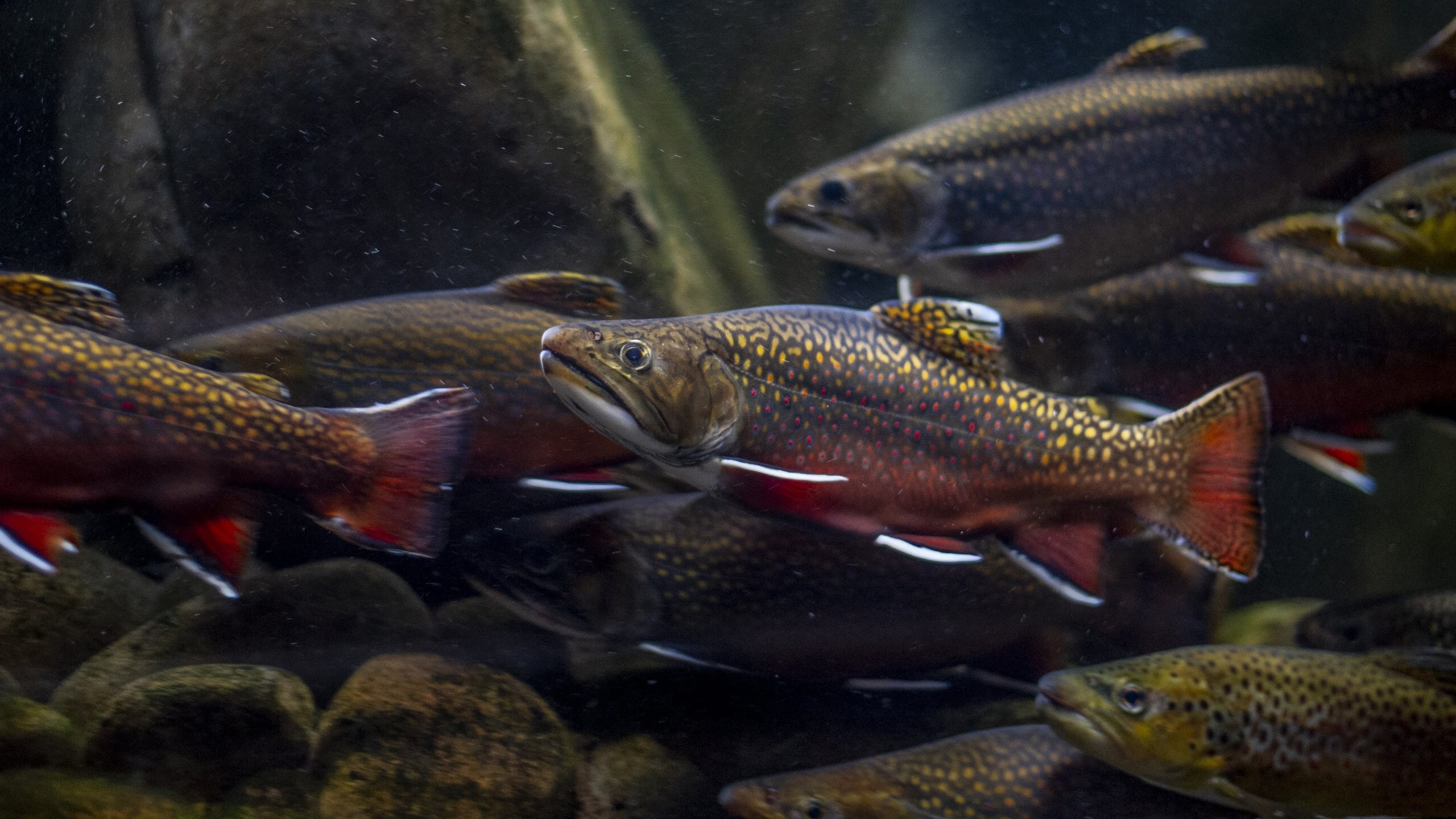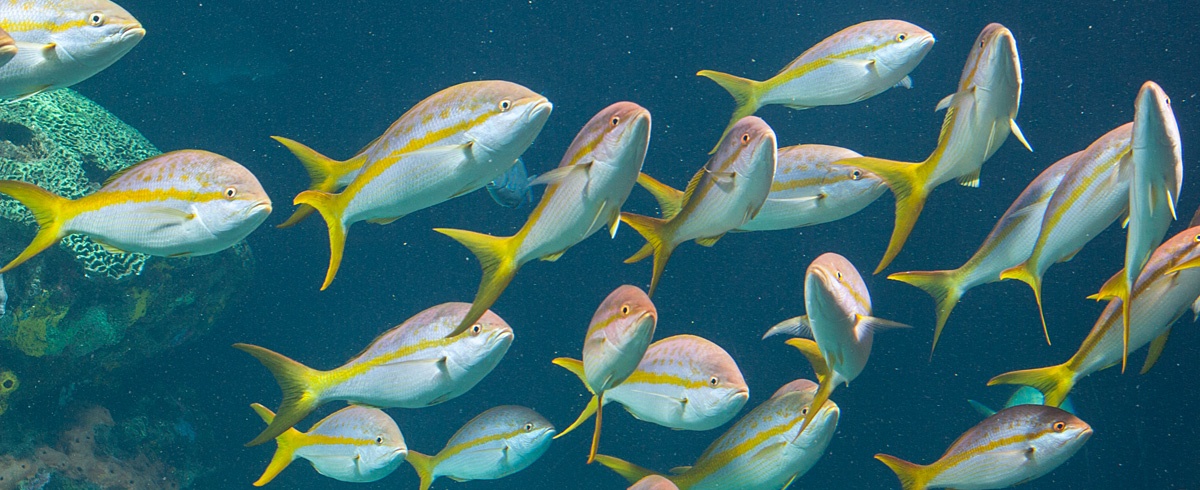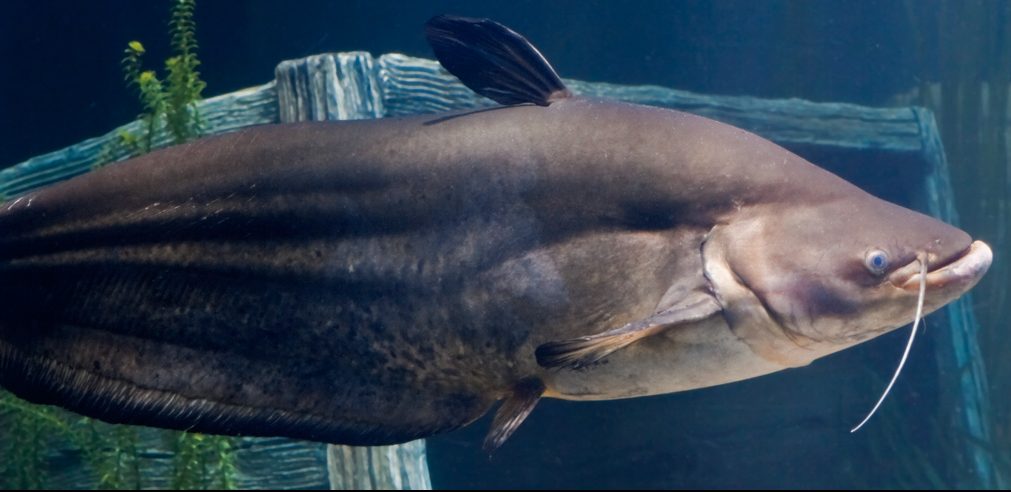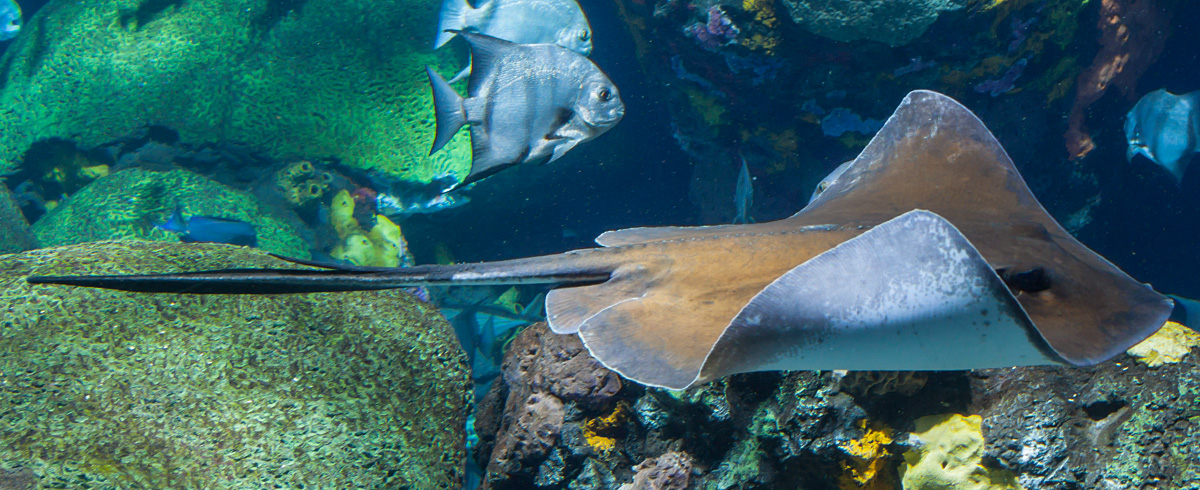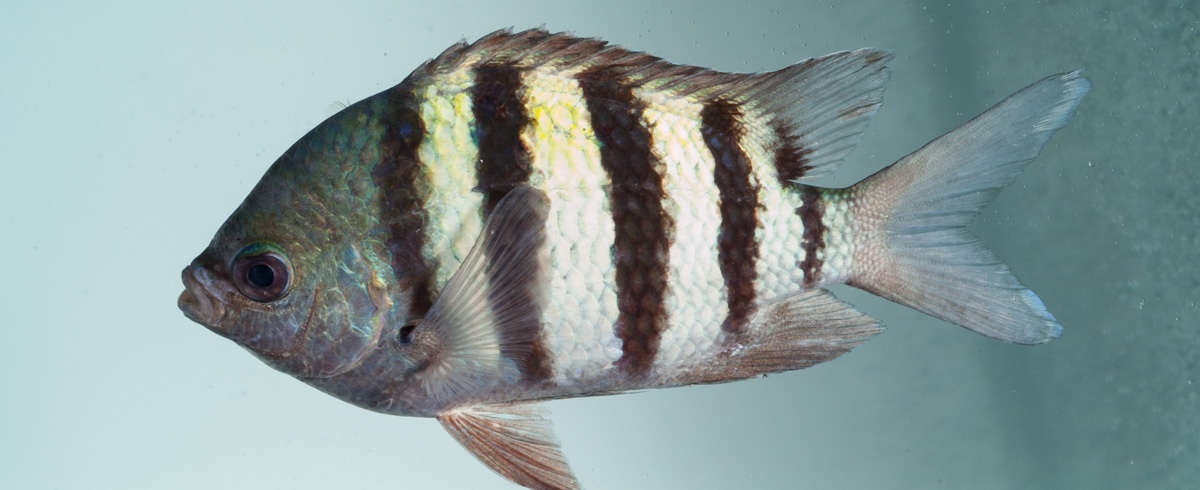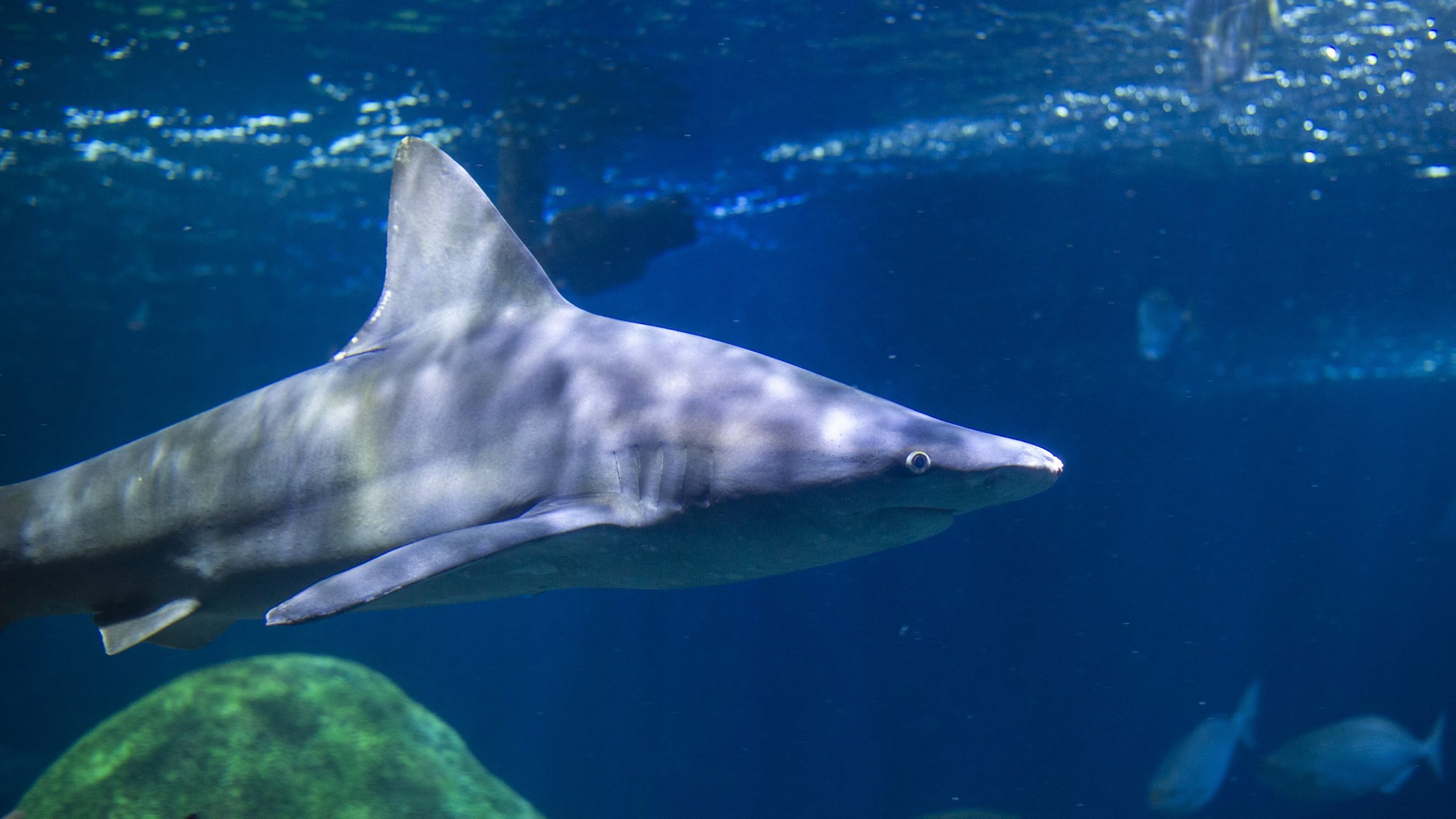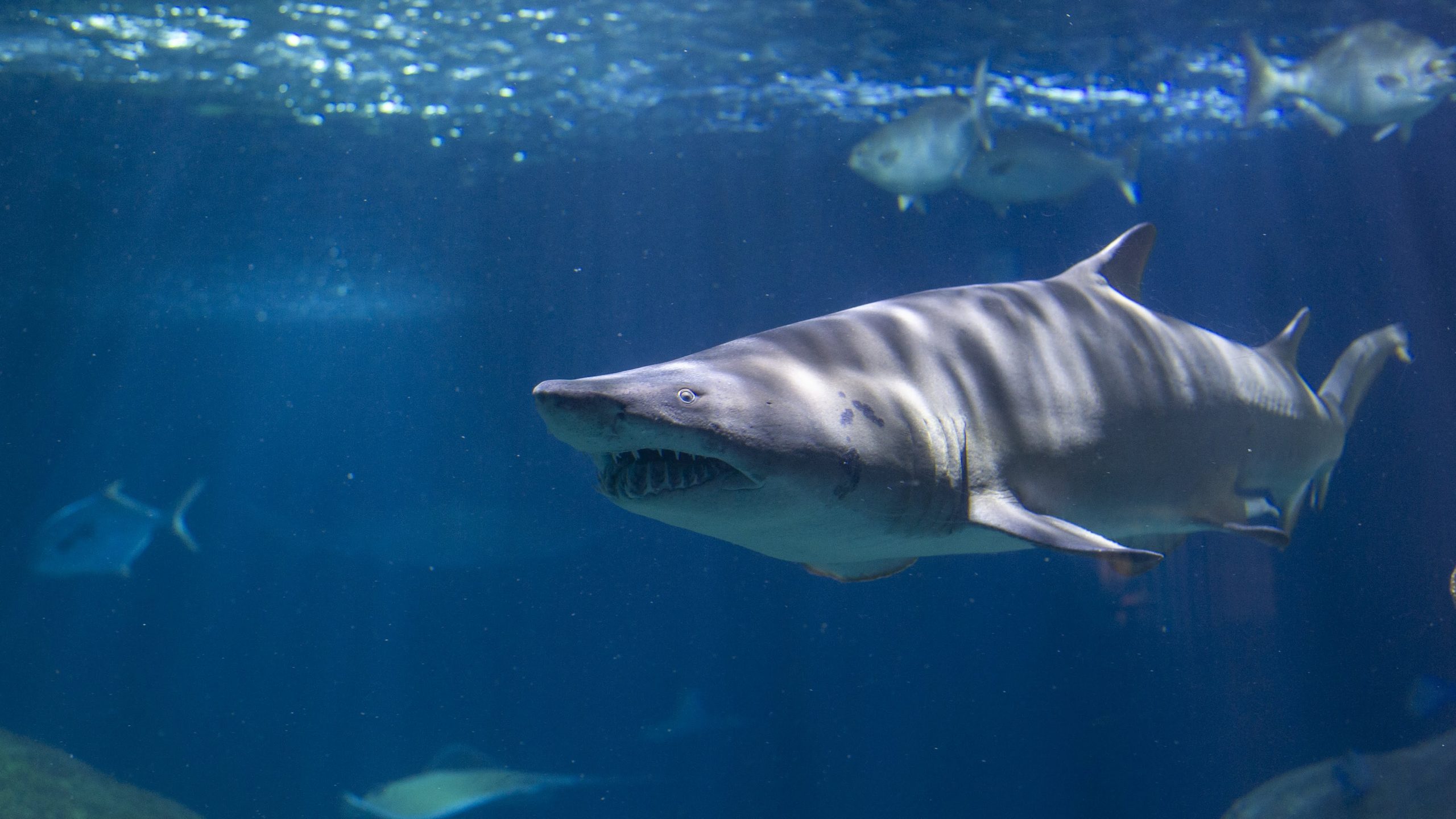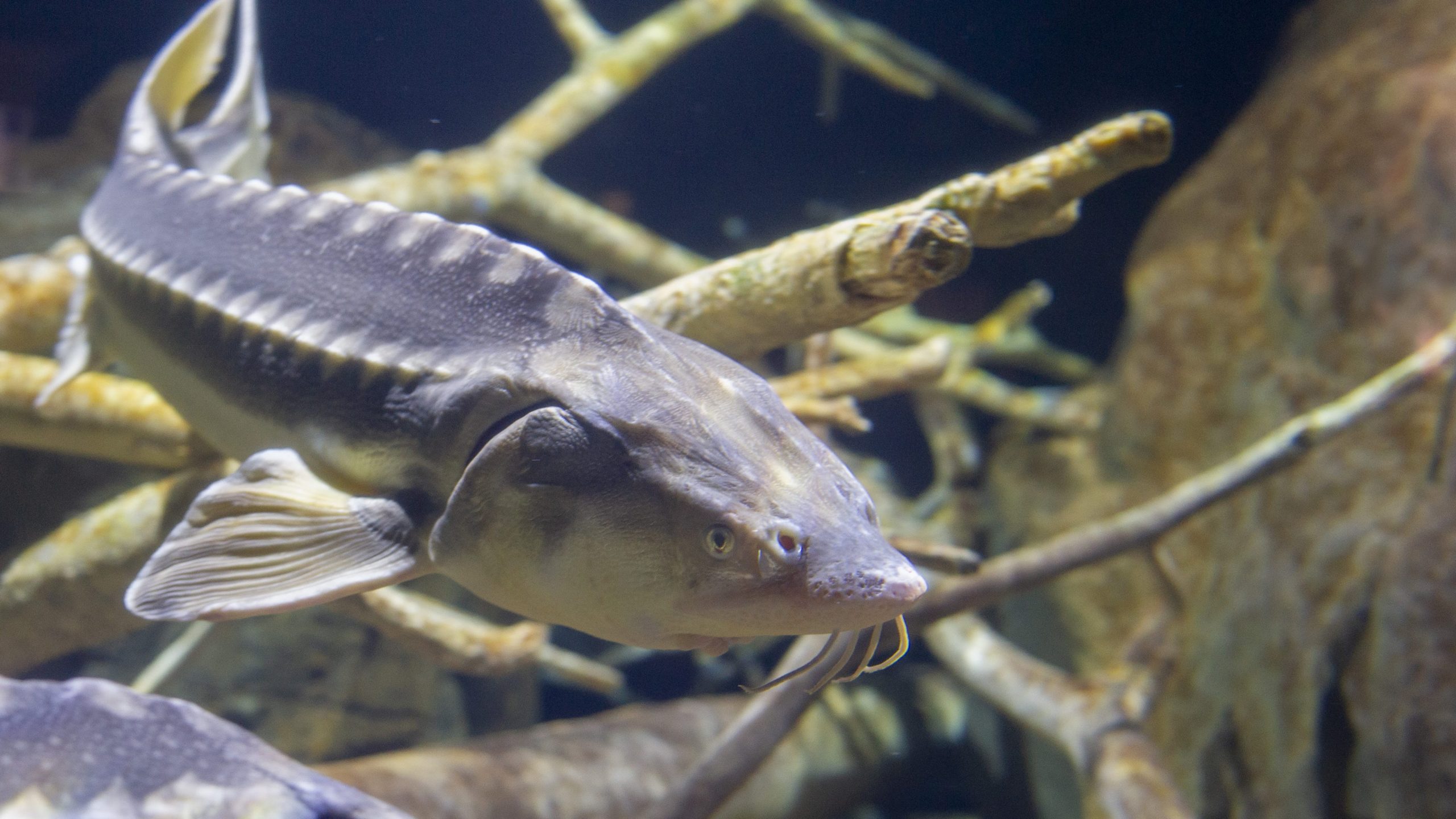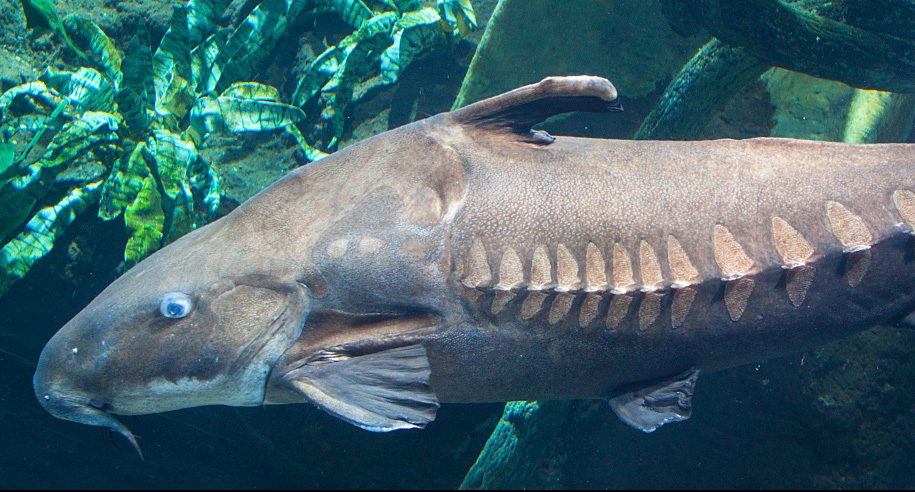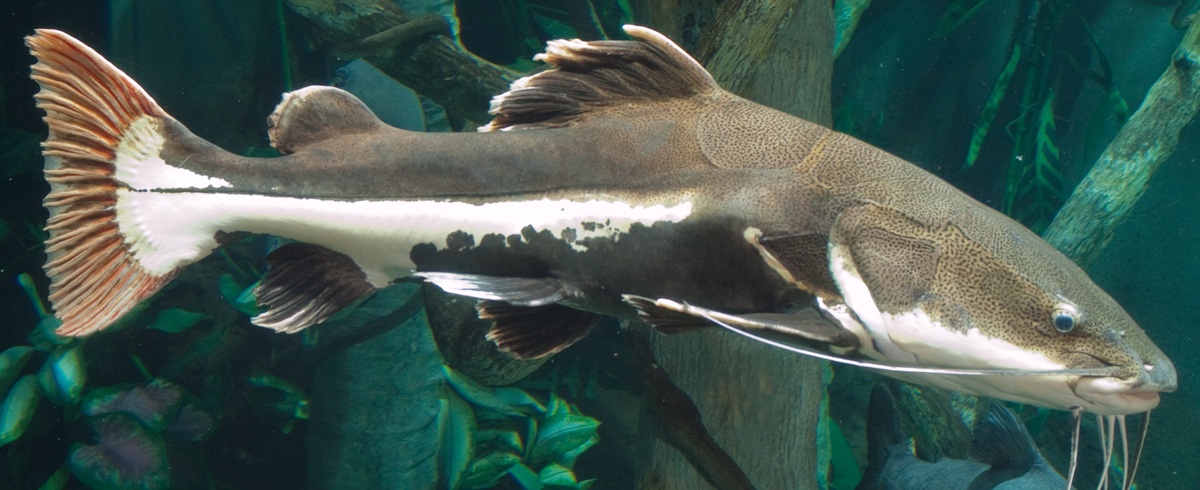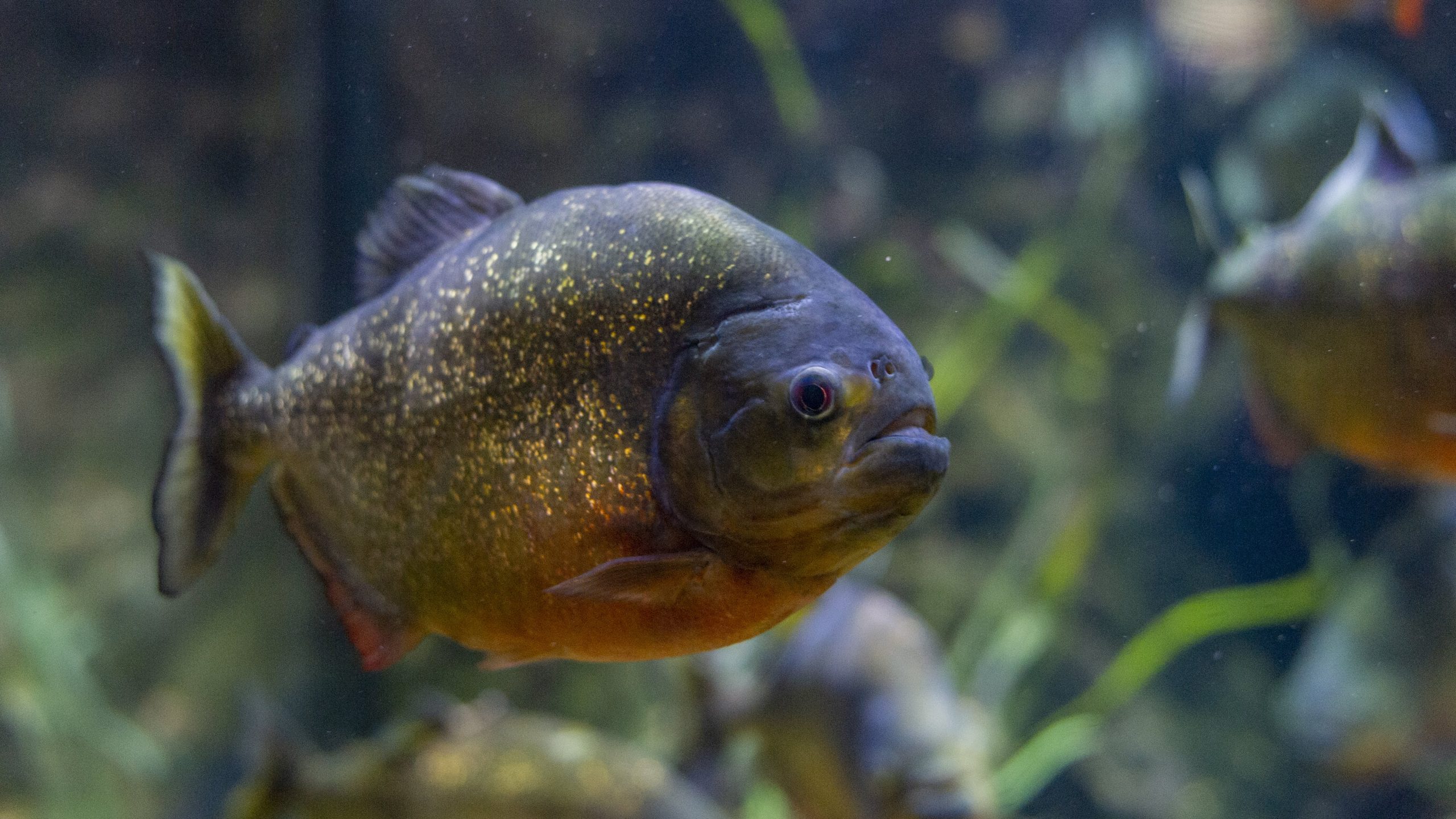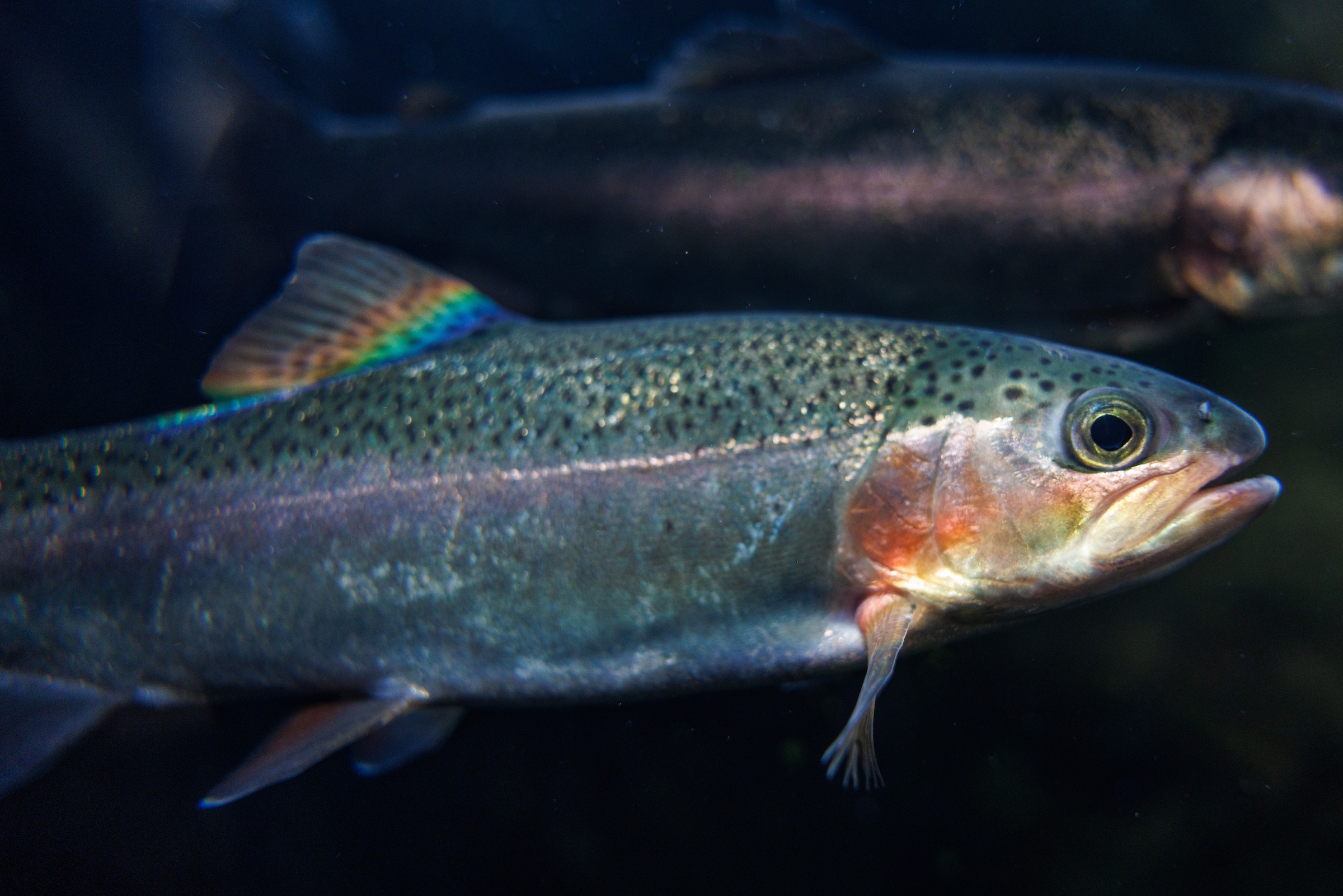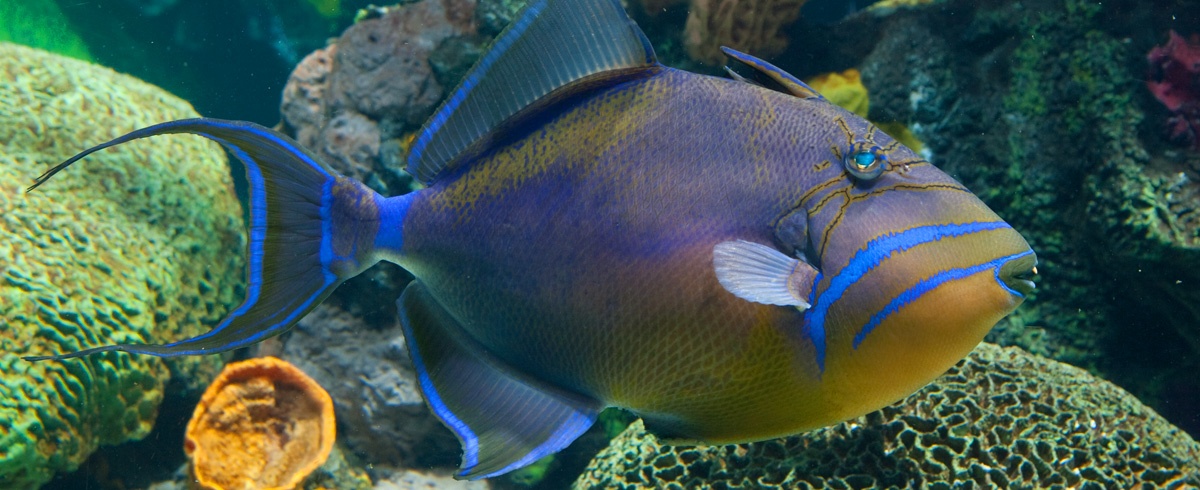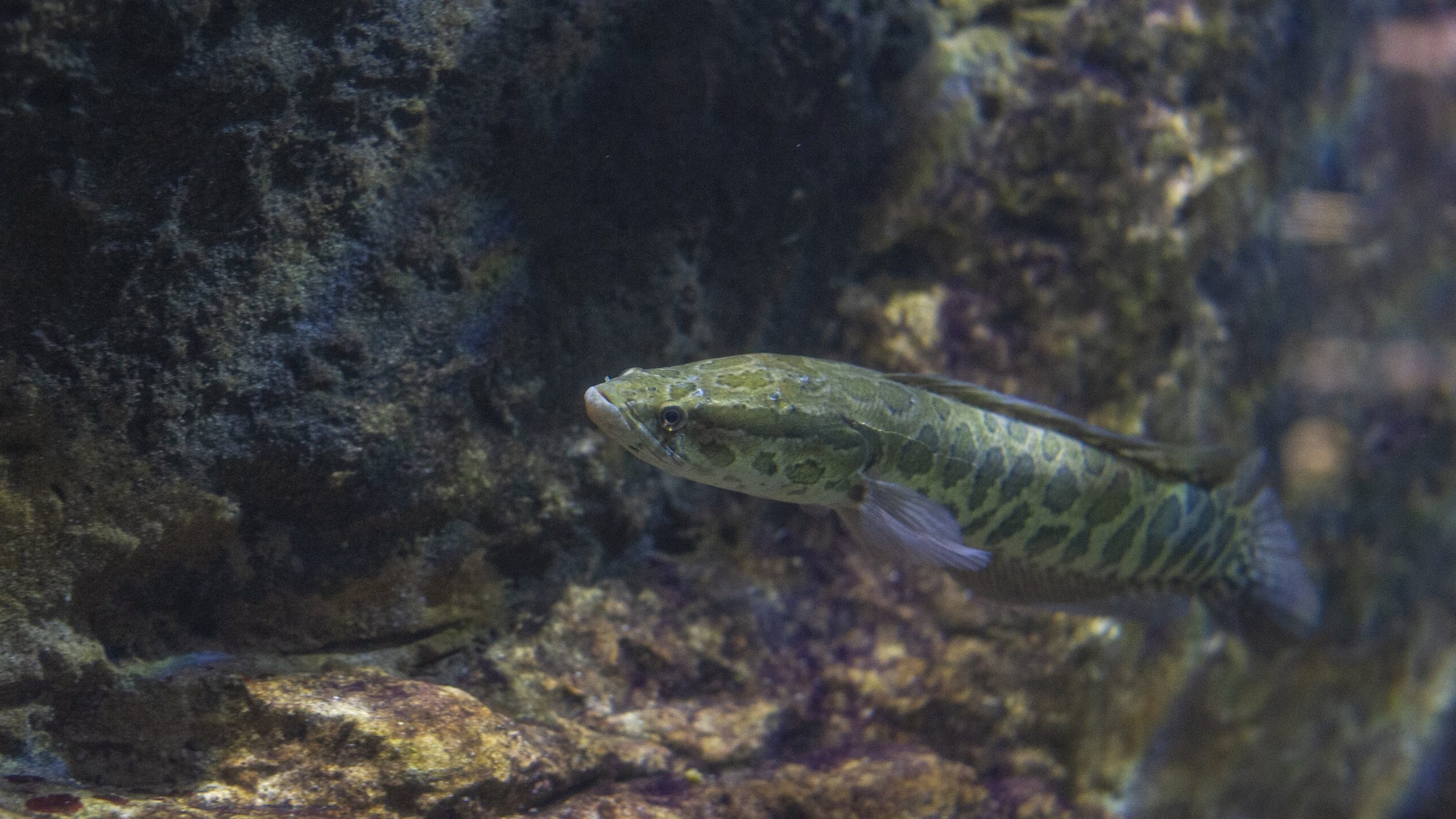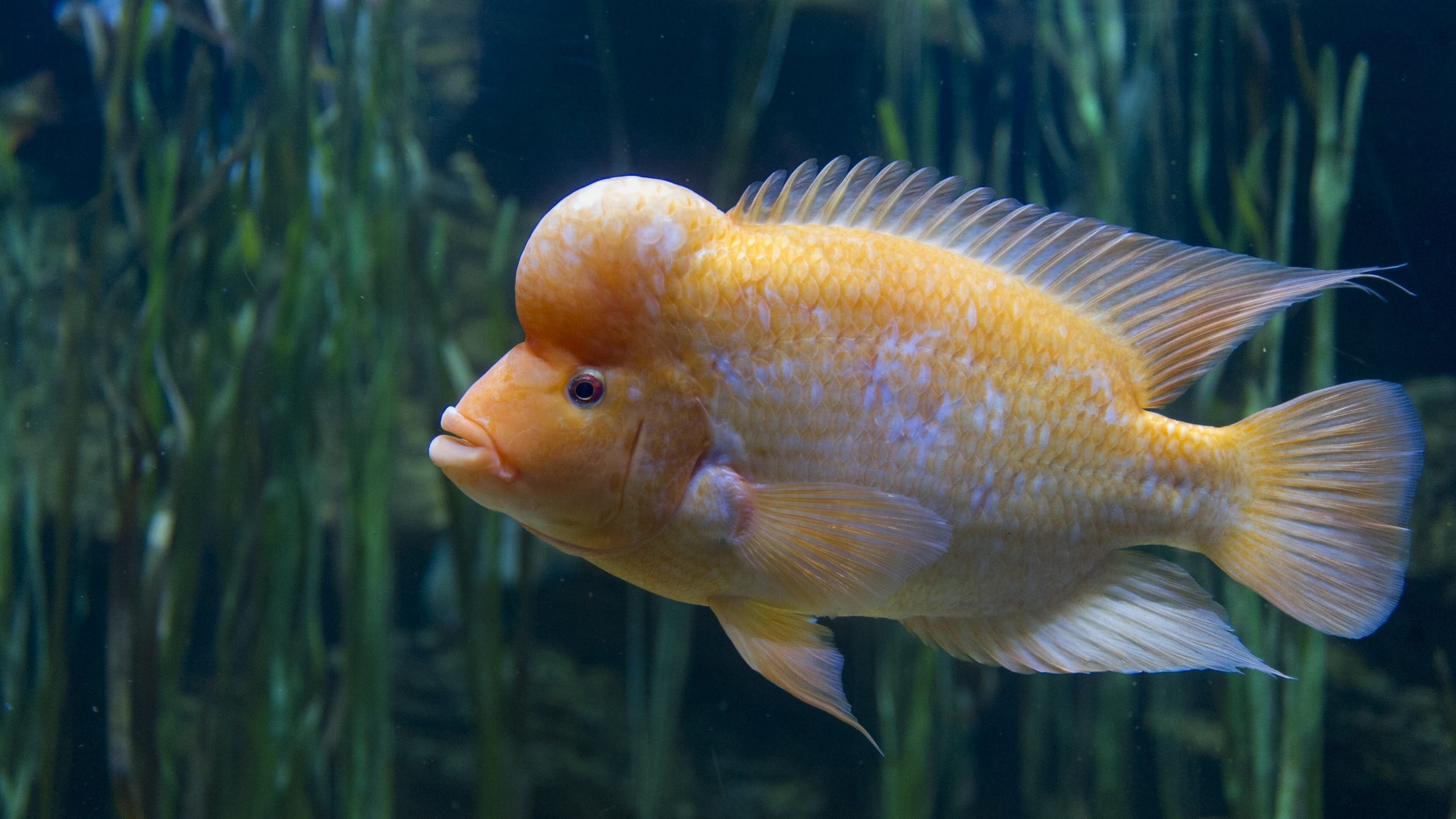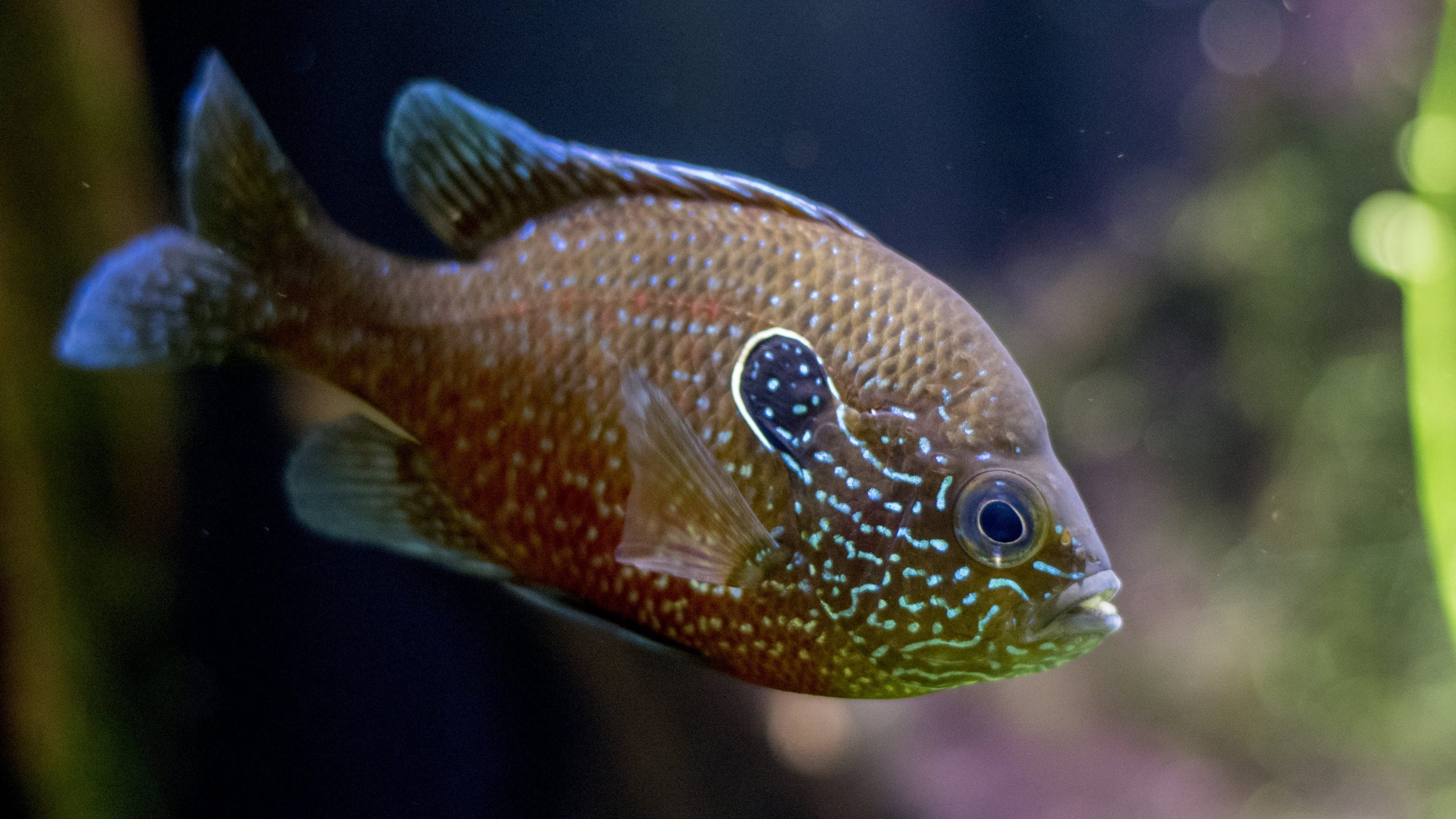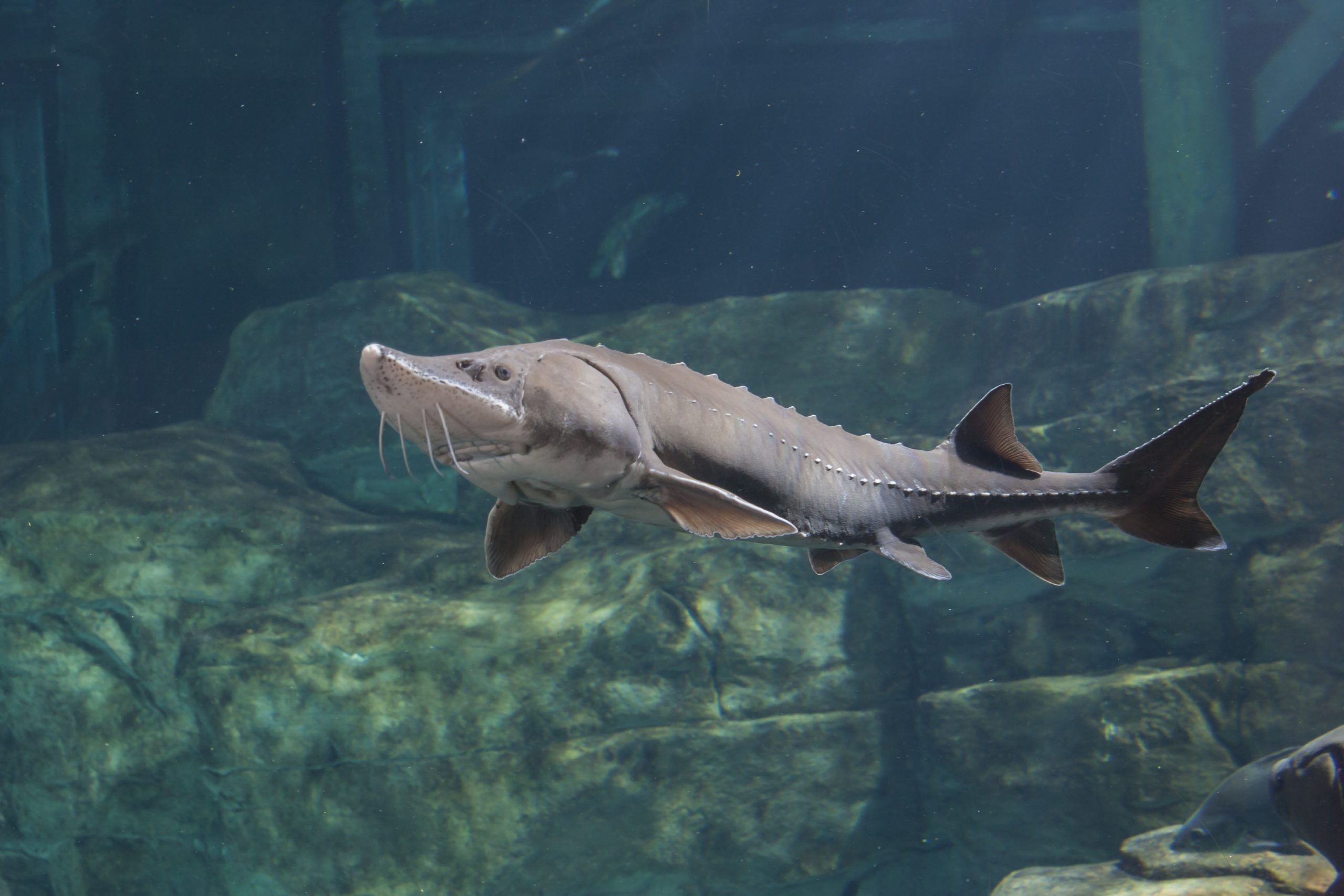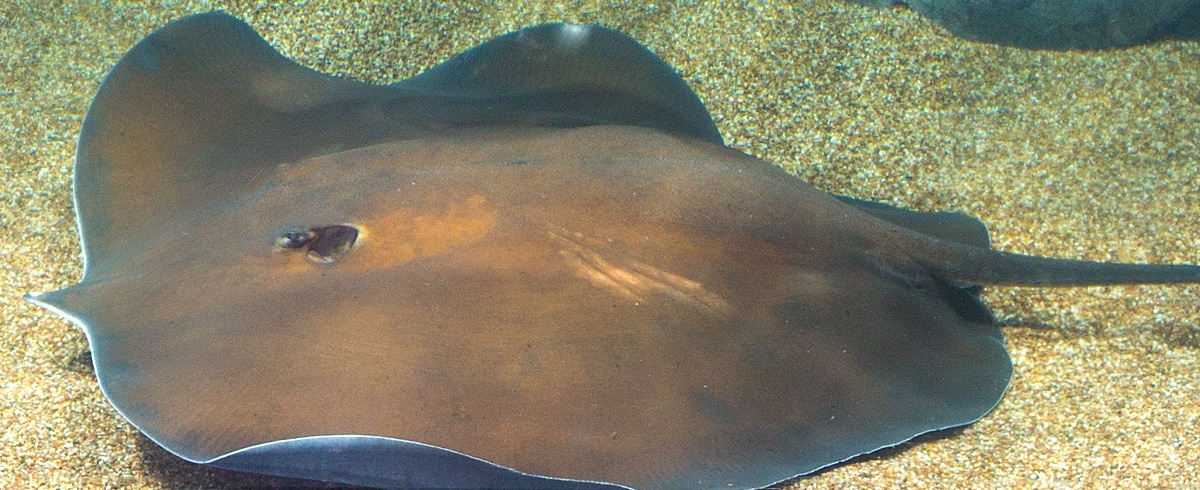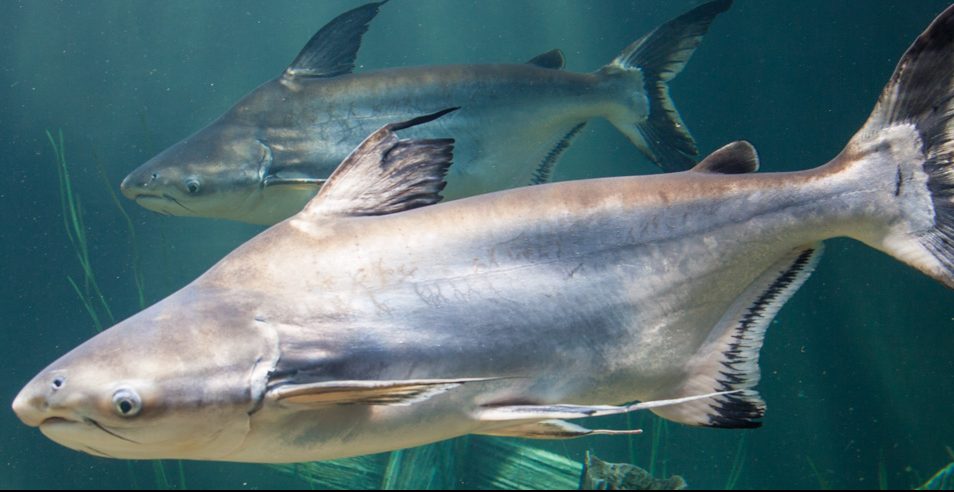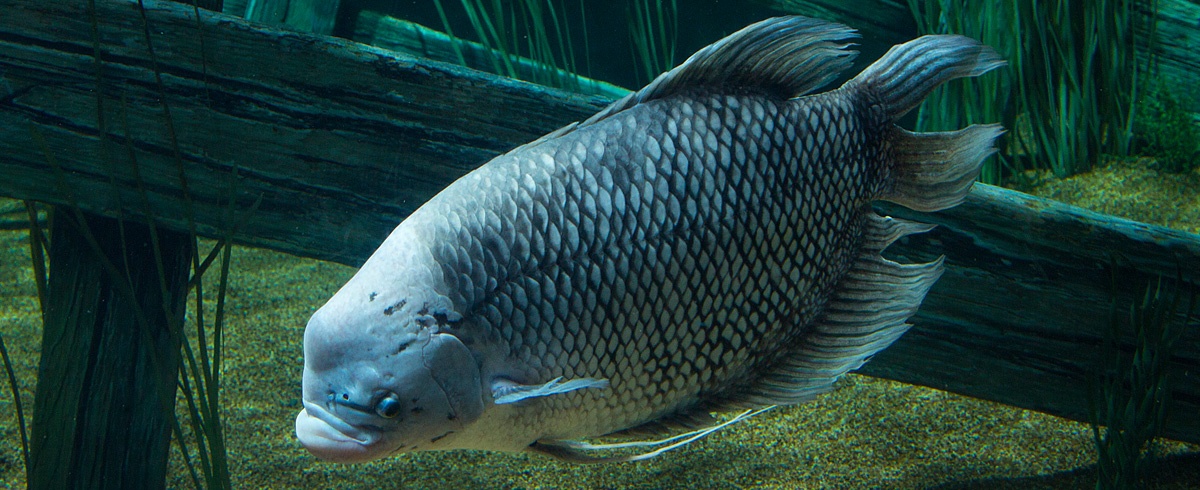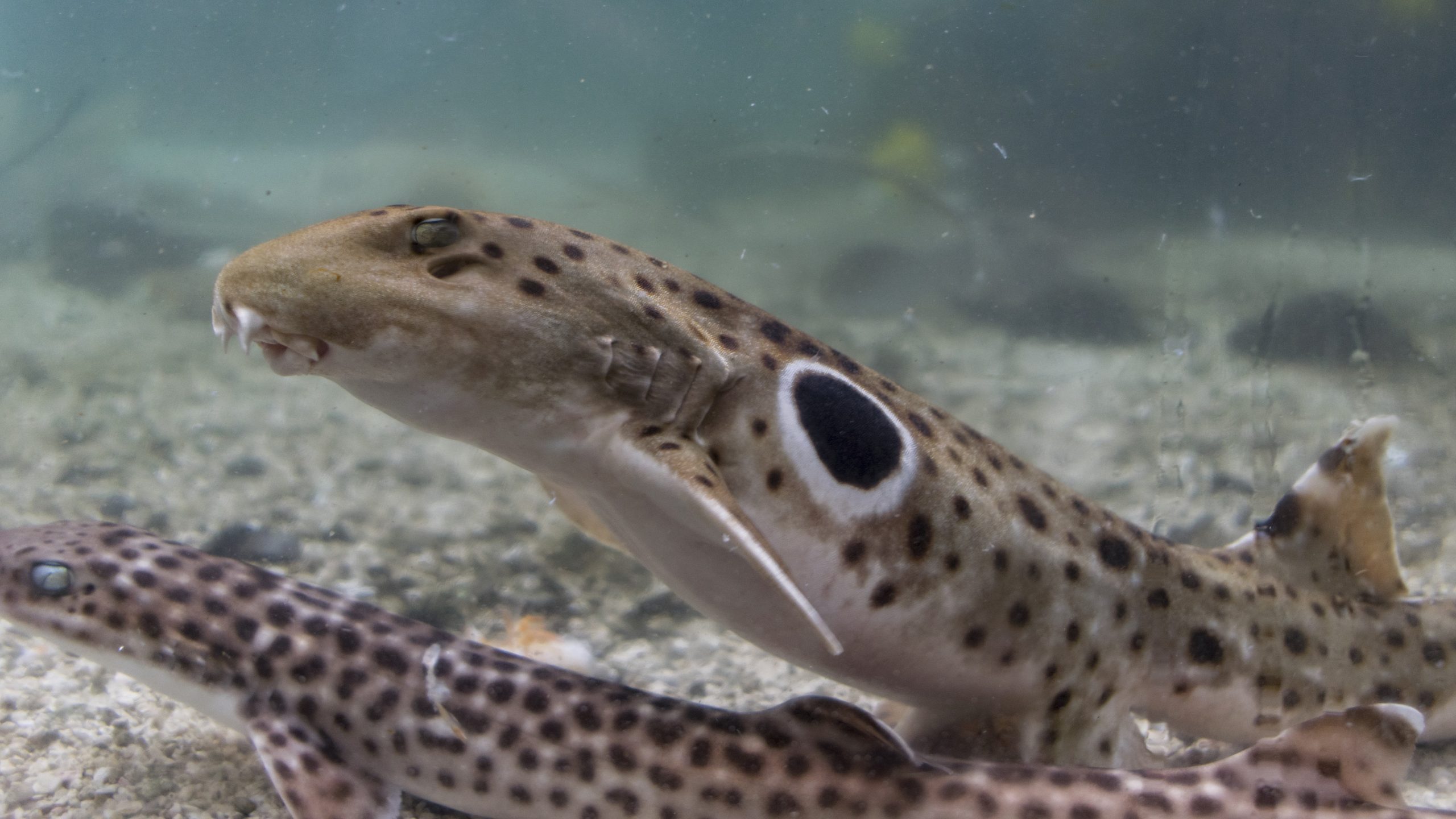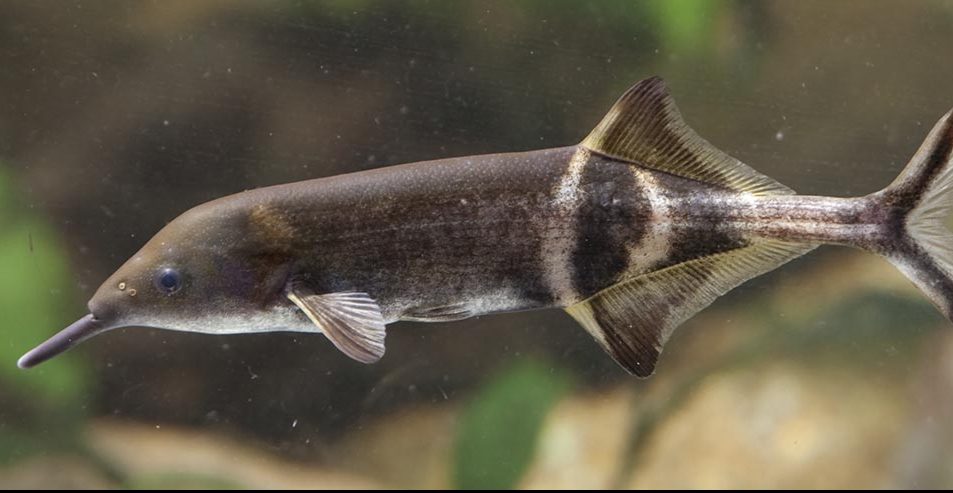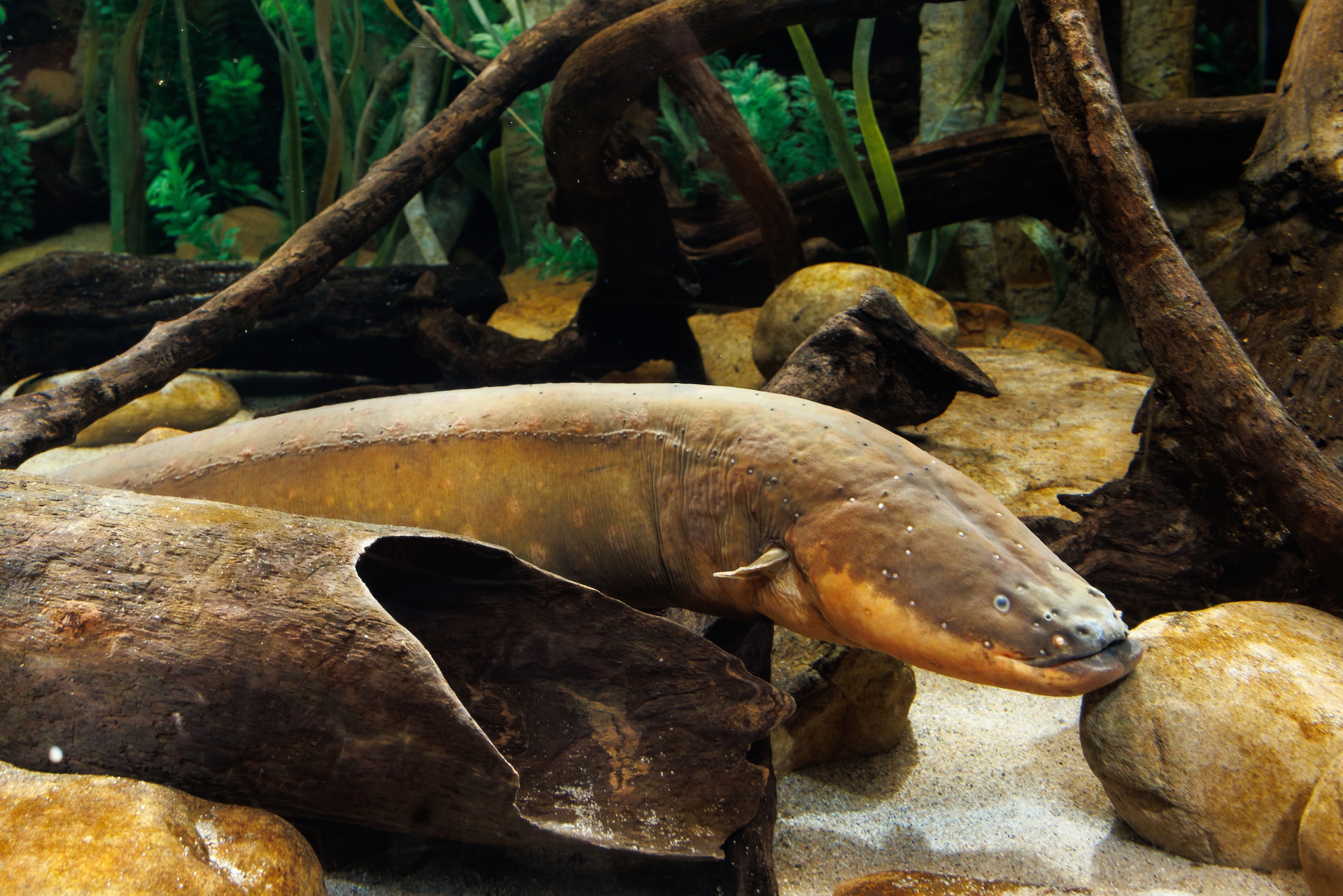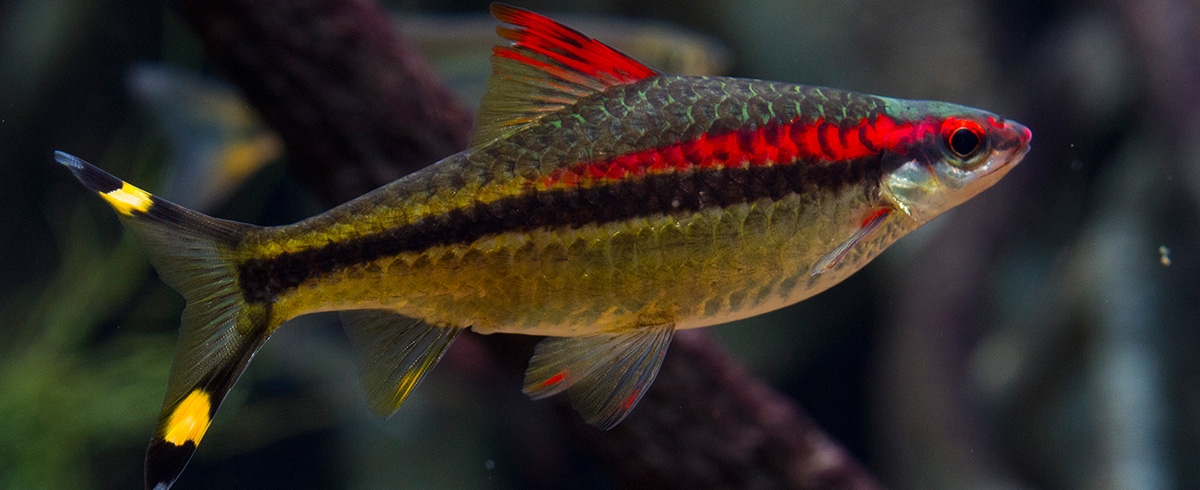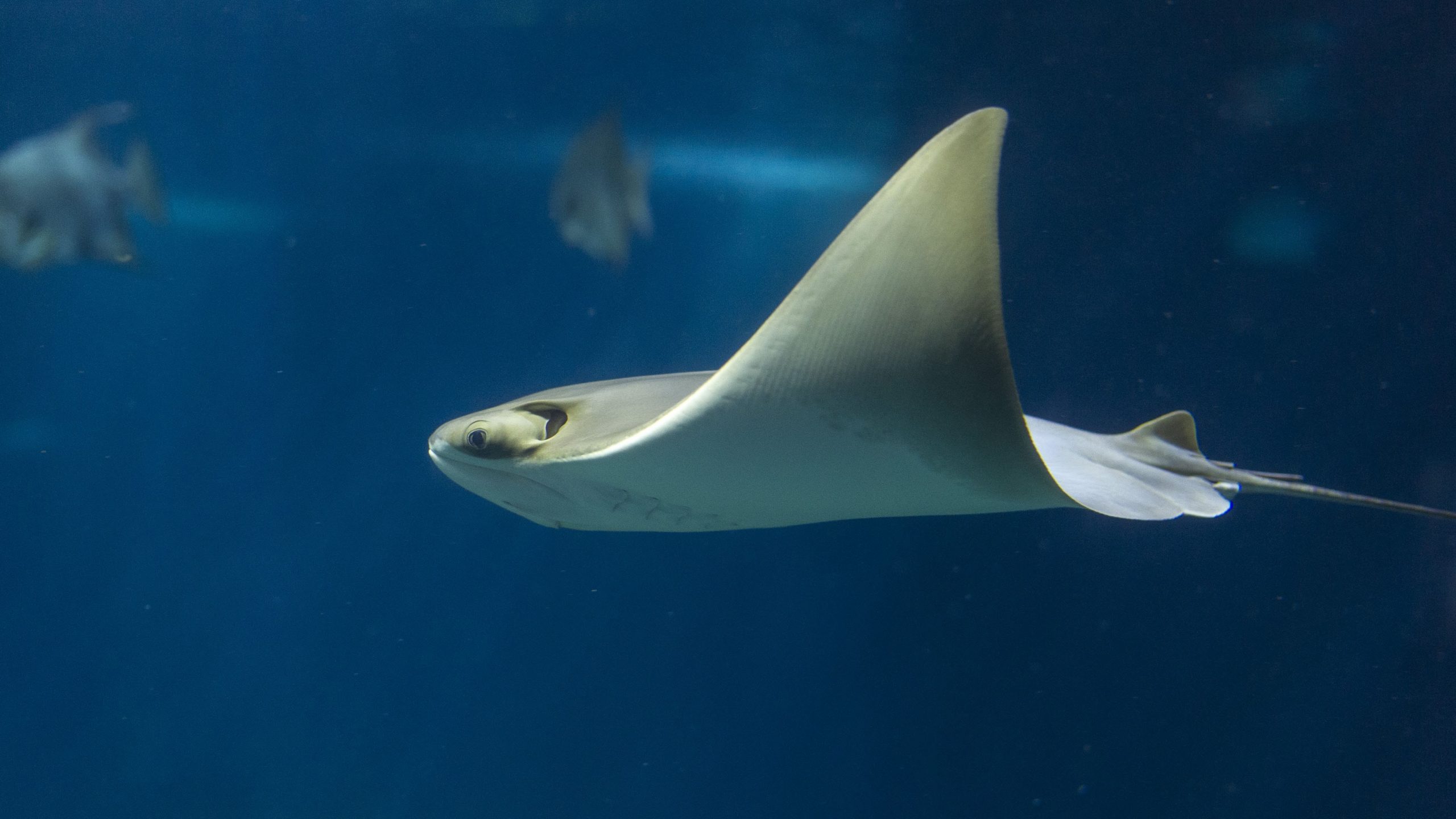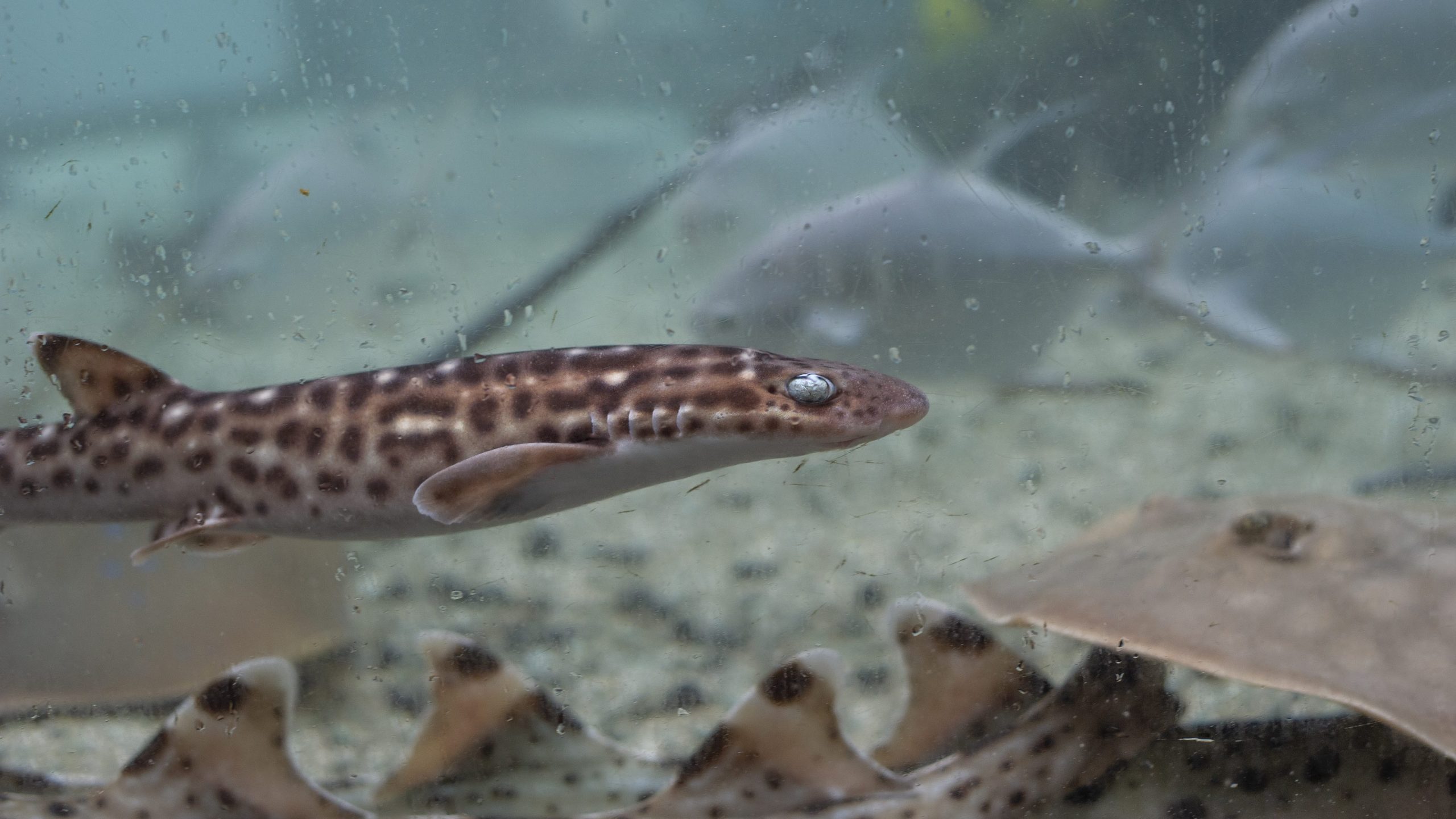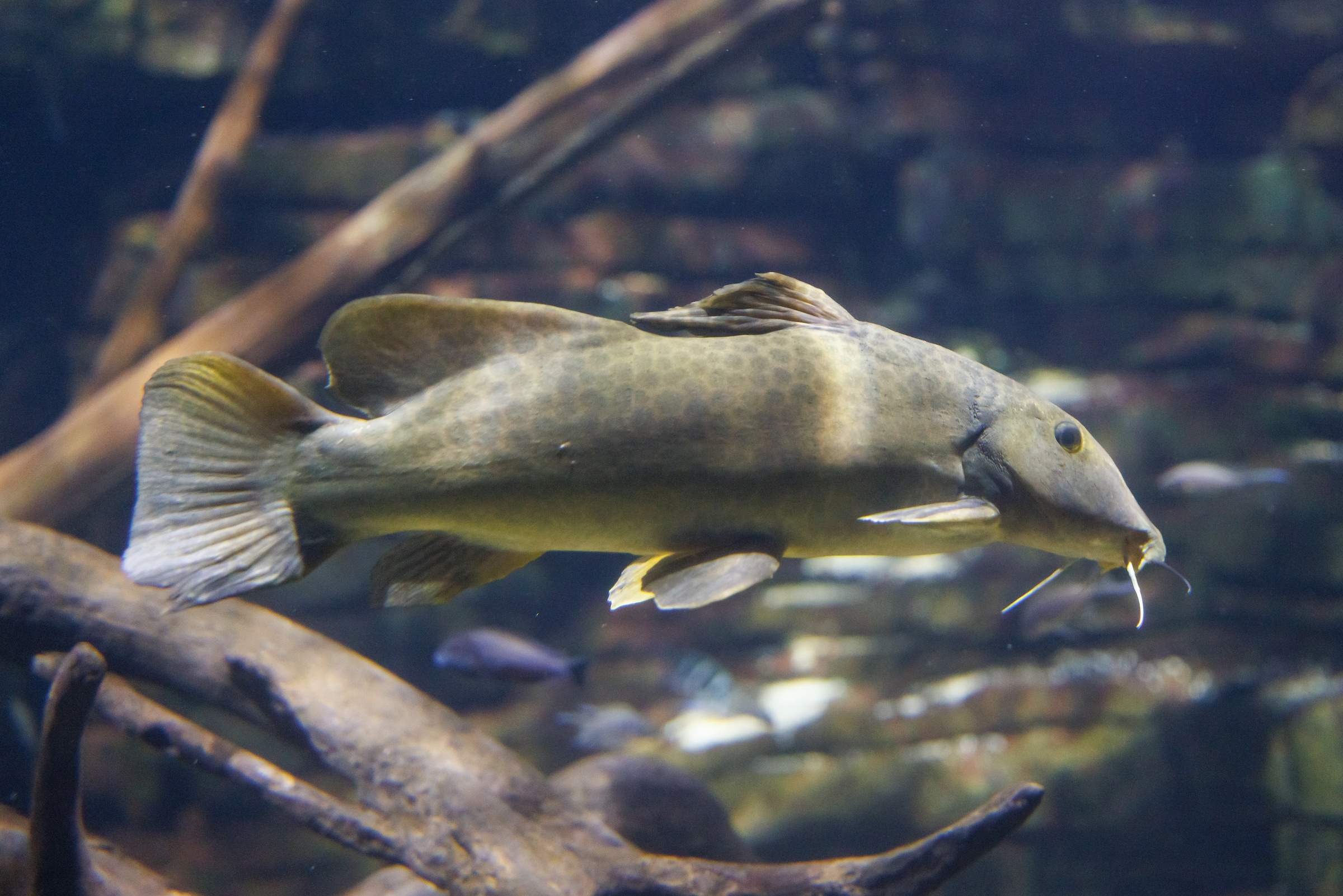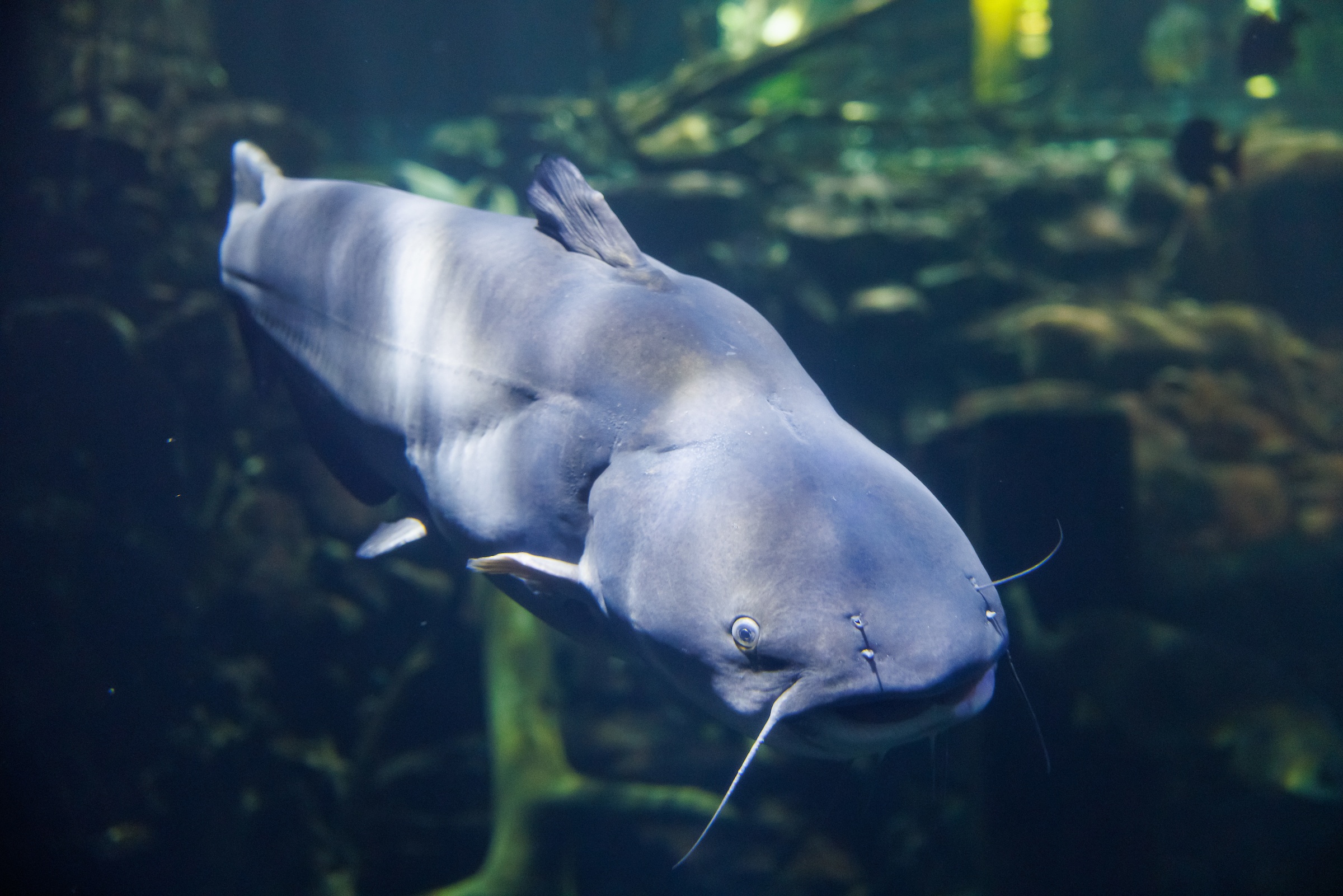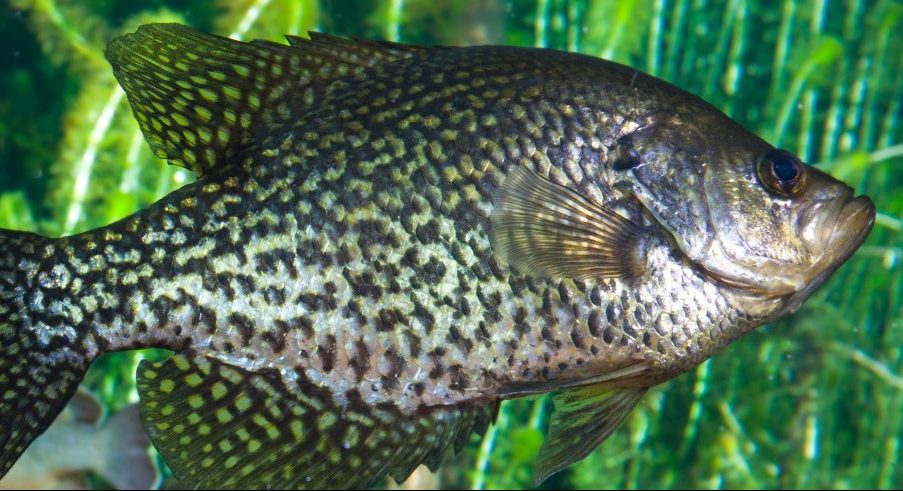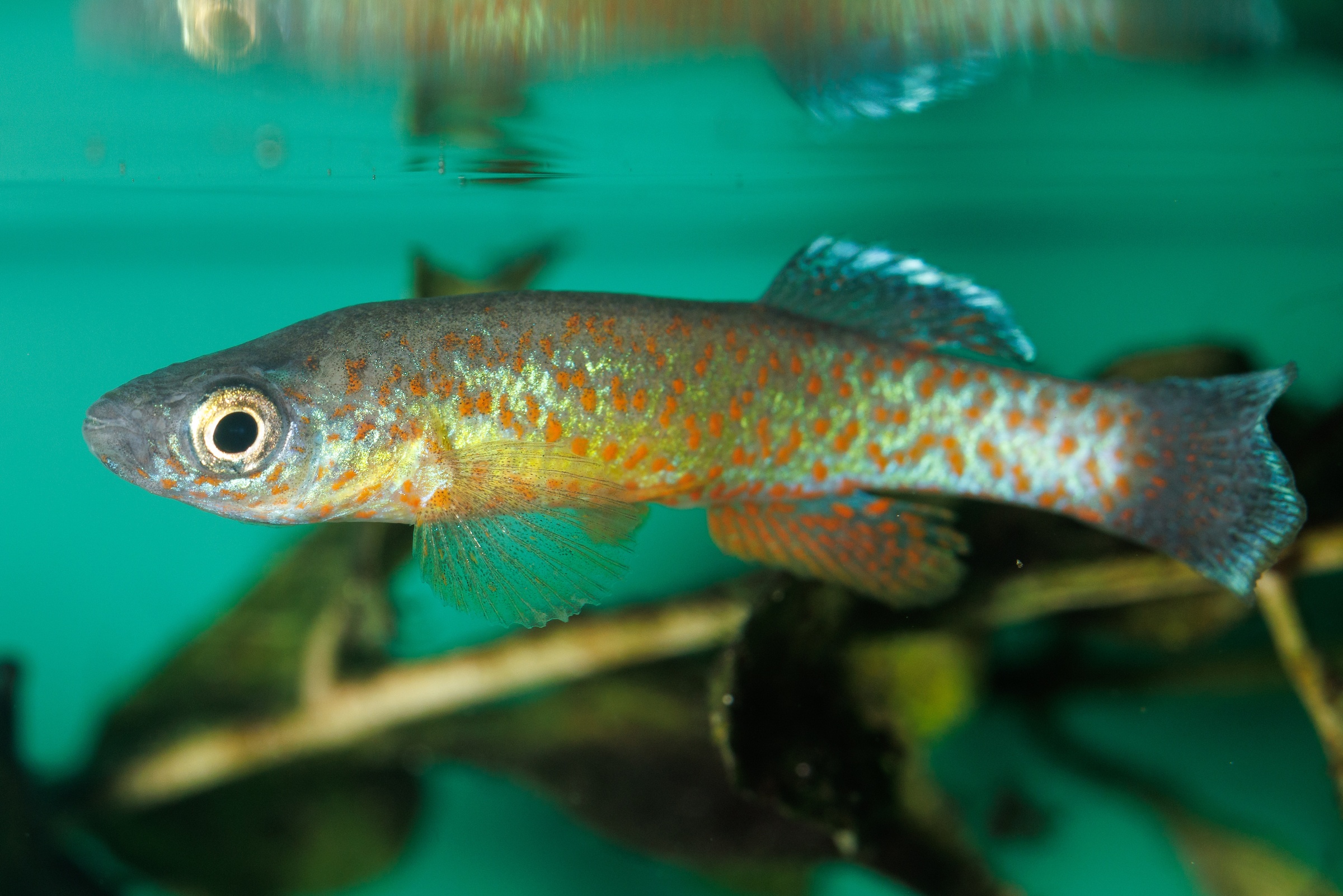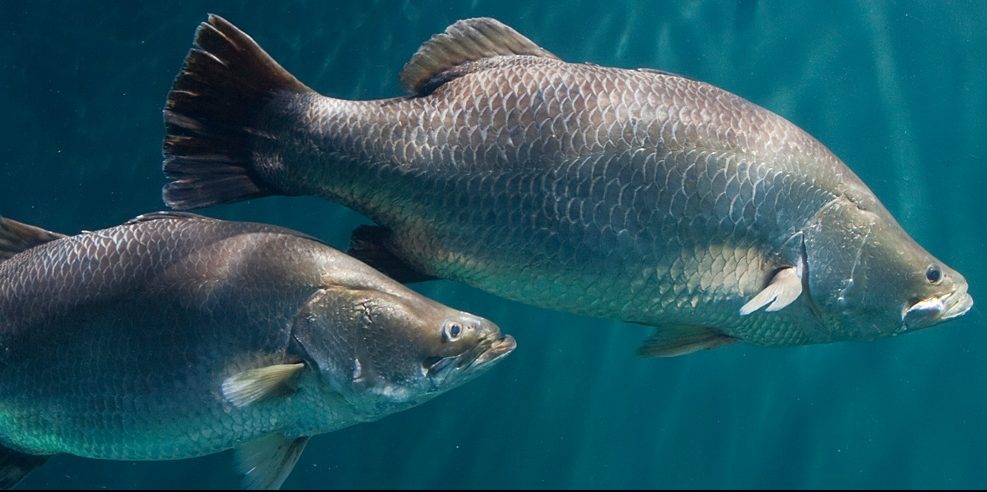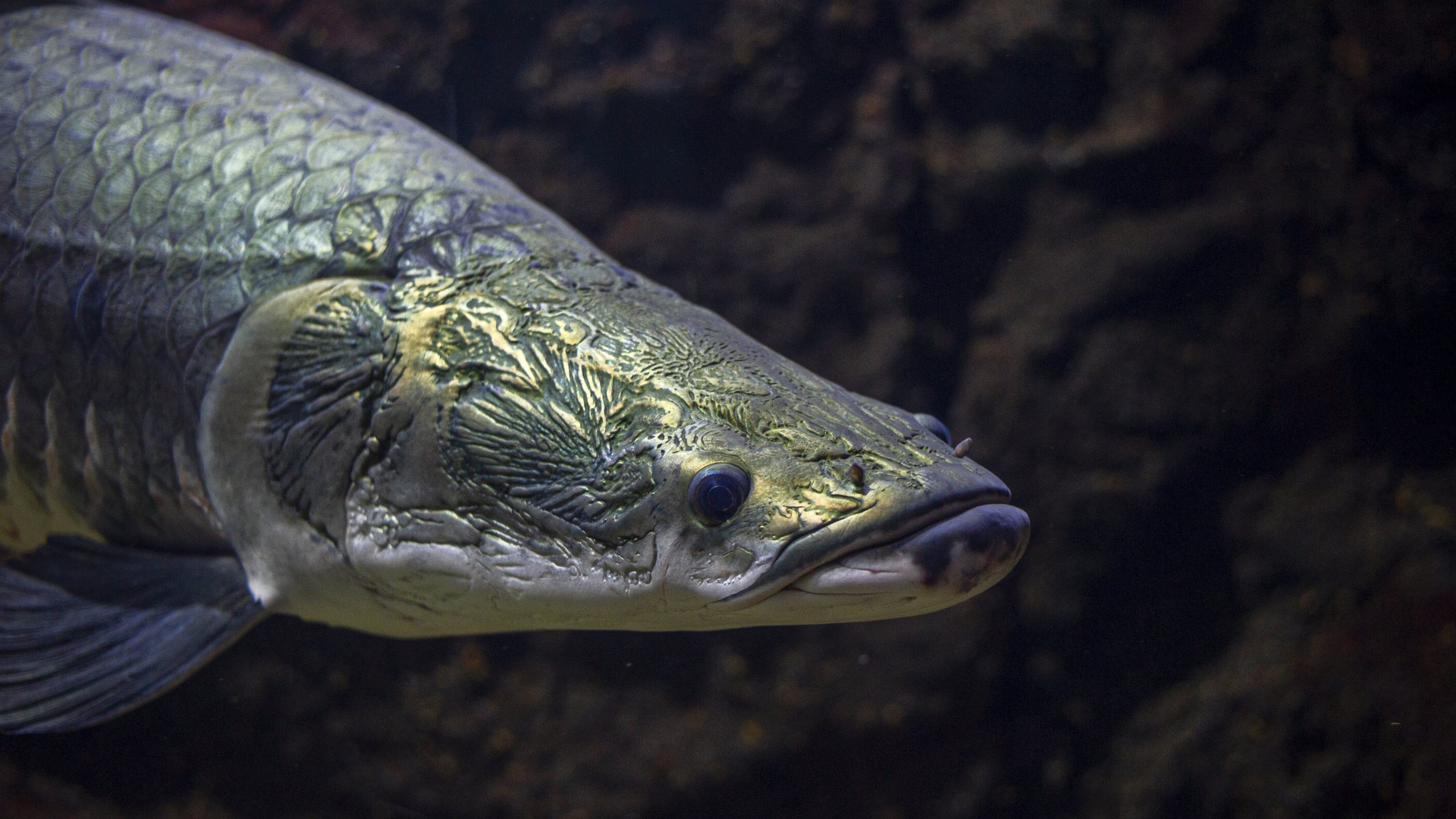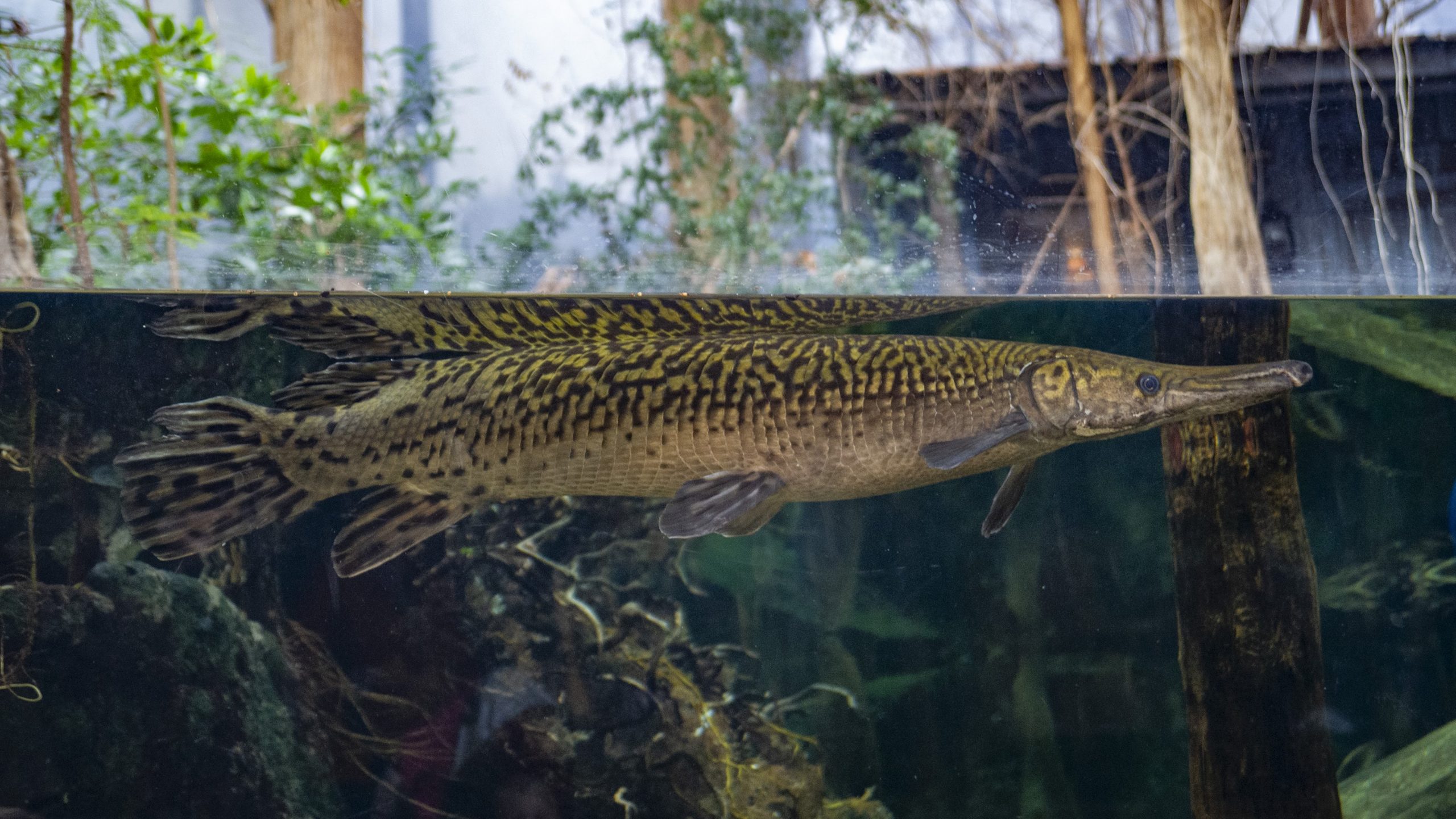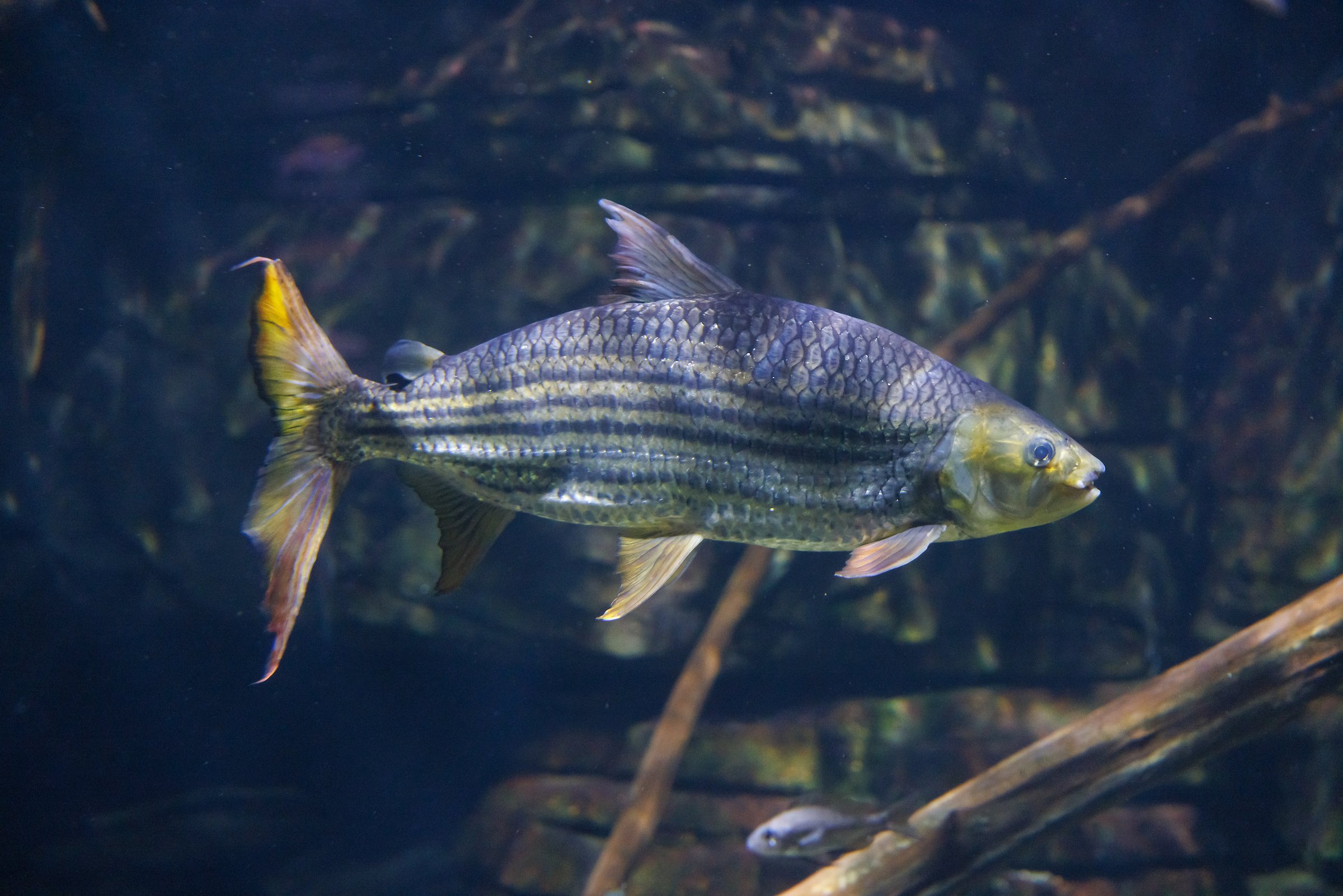Paddlefish can live for 60 years or longer. Their fossil records date back over 300 million years, nearly 50 million years before the dinosaurs first appeared. Despite alternative names such as the Spoonbill Cat and Shovelnose Cat, they are not in the family of catfish. When they were first discovered and described, they were mistakenly identified as a shark. They are in no way related to a shark, but they do share some common characteristics, such as a skeleton primarily composed of cartilage and a deeply forked tail fin with a slightly larger the top fin lobe being slightly larger than the lower fin lobe. Just like sharks, paddlefish also possess an electro sensory system in their rostrum (paddle shaped snout) and about their head. This is used to detect week electrical fields created by dense populations of zooplankton and to help them avoid obstacles. Paddlefish are good to eat, and their roe is highly prized in the caviar industry. The most sought-after caviar once came from sturgeon of the Northern Caspian Sea, but overfishing and poaching has caused the collapse of that fishery. More pressure than ever before is being placed on American sturgeon and paddlefish. Thus, paddlefish populations are on the decline everywhere. According to the IUCN Red List of Threatened Species, it is considered vulnerable.
Dive in! Get exclusive updates from us when you subscribe to Aquarium emails.
This website uses cookies to ensure you get the best experience on our website. Read more
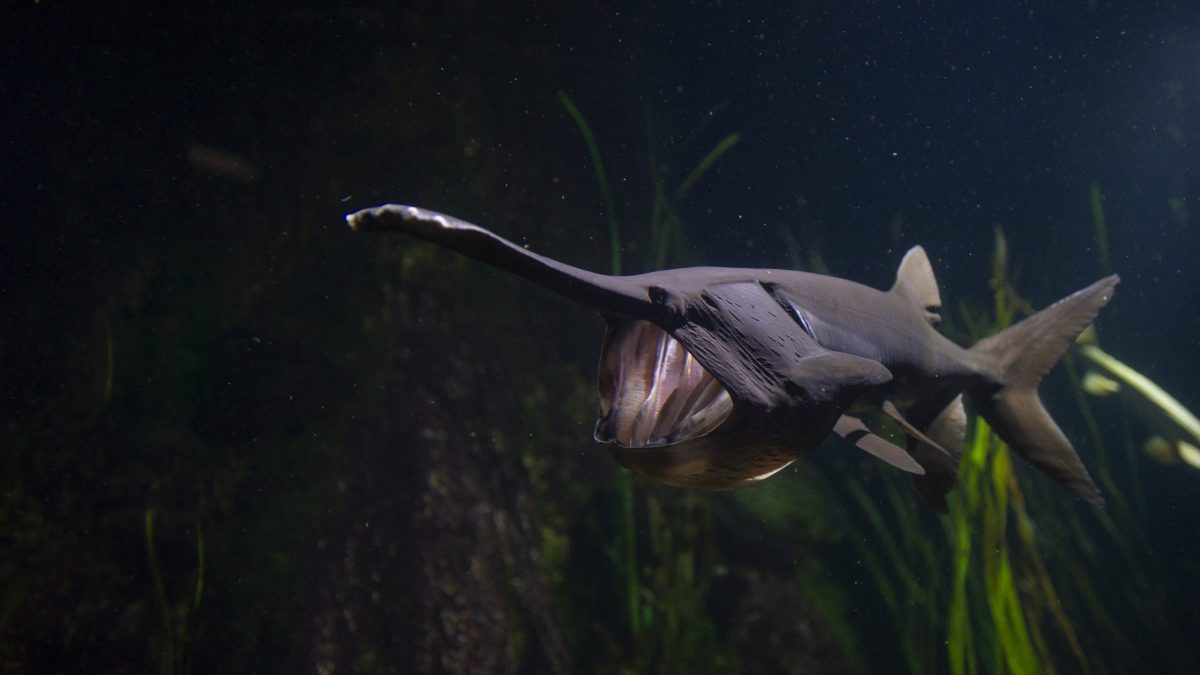
Paddlefish
Fish / Polyodon spathula
Length Up to 7 '
Conservation Status
Not Evaluated
Data Deficient
Least Concern
Near Theatened
Vulnerable
Endangered
Critically Endangered
Extinct in the Wild
Range
large river systems throughout much of the Mississippi Valley and adjacent Gulf slope drainages
Habitat
many types of riverine environments but often seek out deeper, low-current areas
Diet
in the wild, they are filter feeders, straining zooplankton out of the water column
•
•
